Stapleton on the North Shore of Staten Island is about a 20-minute walk from the St. Georges Ferry Terminal. It was there that Cornelius Vanderbilt got his start plying the waters between Staten Island and Manhattan after quitting school at the age of 11. His enthusiasm for ferrying passengers and freight back and forth earned him the somewhat derisive nickname "the Commodore.” The name stuck, though Vanderbilt would go on to have the last laugh, becoming the wealthiest man in America.
Cornelius has no less than three streets named after him in the city, including the one that forms the southern border of Stapleton.
Vanderbilt was a great-great-great-great-grandson of Anthony “the Turk” van Salee, the first person of Muslim origin to settle in America. You may remember the Turk from the Bath Beach newsletter a few weeks ago. For those keeping track, this would make CNN anchor Anderson Cooper an 8th-great-grandson of the Turk.
The Paramount Theater was built in 1930 on the former site of the Vanderbilt farmstead. Originally one of Staten Island’s preeminent movie theaters, it ceased operations in 1977, briefly re-opening as a music venue a couple of years later. A somewhat eclectic group of bands, including the Ramones, Flock of Seagulls, Dead Kennedys, Metallica, and the B-52s, all played the Paramount in the 80s.
ROTTEN AND HORRIBLE
In 1836, the Vanderbilt family sold the land encompassing modern-day Stapleton to William J. Staples and Minthorne Tompkins, son of the 6th vice president, Daniel Tompkins. Since Tompkins's father had already gotten to name nearby Tompkinsville, Staples got dibs on naming the new neighborhood.
The area became popular with German immigrants whose love of beer would transform the economy of Staten Island. Stapleton was full of fresh springs, and caves dug into its steep hillsides were the perfect spot for “lagering” casks of pilsener. The Bechter, Bischoff, and Rubsam & Horrmann Atlantic Breweries all ran their operations out of Stapleton. By the 1870s, the beer industry had transformed the neighborhood into the commercial hub of Staten Island.
While some of the breweries made it through prohibition selling non-alcoholic “near beer” and ice, by the 1960s, all of them were gone. Brian Quinn, whom you may know from the show Impractical Jokers, revived the Rubsam & Horrmann (R&H) brand in 2019. The website is down, and the latest mention I could find of the beer is when Quinn donated it for use as hand sanitizer during the first months of the coronavirus. Beer connoisseurs used to claim R&H stood for "Rotten and Horrible,” so maybe repurposing it as a disinfectant is the best use case for the brew.
THE INMATES ARE RUNNING THE ASYLUM
Bayley Seton Hospital opened in 1831 and was once the largest employer in the neighborhood. Originally known as Seaman's Retreat, it was Staten Island’s first hospital serving retired naval and commercial sailors. The hospital was briefly home to the evocatively named “Laboratory of Hygiene for Bacteriological Investigation” which would later become the National Institutes of Health (NIH).
The main building of Bayley Seton was constructed in 1930 as part of a New Deal initiative to build U.S. Public Health Service Hospitals. The architecture is considered Mayan Revival style. It was privatized in the 80s and, after a series of setbacks, began operating at a significantly reduced capacity.
I first visited in 2015. As I skulked around the old maritime hospital’s abandoned grounds, some ornery geese were my only companions.
I returned maybe a year later and things somehow felt different.
When rounding a corner I noticed an arched metal sign advertising Arkham’s Asylum that I hadn’t seen on my previous visit. I already have an aversion to hospitals. Abandoned hospitals - even worse. Semi-abandoned asylums in a Mayan Revival Style? Forget it. I quickly left.
It wasn’t until later that I found out that Arkham Asylum is home to “Batman's most infamous foes who are criminally insane.” The TV series Gotham, a Batman spinoff, had converted the back of Bayley Seton into a set for the asylum.
In 1959, construction began on both the Verazzano Bridge and The Stapleton Houses, Staten Island’s largest housing project. The bridge shifted Staten Island’s commercial center inland, and Stapleton was no longer the economic hub it was at the turn of the century.
URBY
There are several different housing options in Stapleton. In addition to the Stapleton Houses, there is a stretch of well-maintained late 19th-century single-family homes along St Paul’s Avenue in the Stapleton Heights section of the neighborhood. Several of these were built by the brewery owners and, as the name suggests, have an elevated view of the New York Harbor. Then, there is the unfortunately named development, Urby. Not to be confused with the Furby, the robotic half owl/half hamster “must have” toy of the late 90s, Urby’s name seems to connotate a quasi-urban experience, or what the developers call “Urban Ready Life.”
Urby is Staten Island's most expensive rental apartment complex. As soon as construction finished in 2016, real estate agents began touting the development’s 5,000-square-foot garden, saltwater pool, and in-house chef. Locals complained that the development would lead to a wave of gentrification, pushing out long-term residents. When it opened, Urby’s grounds boasted an espresso bar, an olive oil shop, a crudo restaurant, and BODEGA, a “high-end deli concept."
Since then, at least eleven of the businesses have closed or have “changed concept.” Yelp reviews aren’t great, with complaints ranging from thin walls and no cell reception to mosquito infestations in the winter and even random jugs in the hallways.
While I’m not a proponent of gentrification, as someone who likes to stay hydrated and spends hours at a time in random parts of the city, I’m always on the lookout for a serviceable restroom. When the bathrooms at the Urby coffee shop (which concept changed from Coffeed to Americano) burst upon the scene seven years ago, I, for one, was thrilled. They are also very nice in there, and the namesake beverage isn’t bad.
SIGHTS AND SOUNDS
No field recording this week as my microphones were not working properly though I do have a very high-fidelity, fifteen-minute recording of my pocket. I plan to go back to Stapleton to make an audio recording soon, so for those of you who want to hear the neighborhood, I’ll update this page.
SPERR
I have been working on a project re-photographing Percy Loomis Sperr’s Staten Island photos from the 1930s. Here are a few before and afters from Stapleton:
561-563 Van Duzer Street, east side at St Paul’s Avenue. This old brick house was owned by J O’Neill in 1874 and by Chas Rosenberg from 1907 to 1917. (Sperr’s Notes)
FEATURED PHOTOGRAPHER
Joseph Rodriguez drove a cab for a decade starting in the late 70s. During that time, he started taking pictures out of his window and of his passengers on his trips throughout the five boroughs.
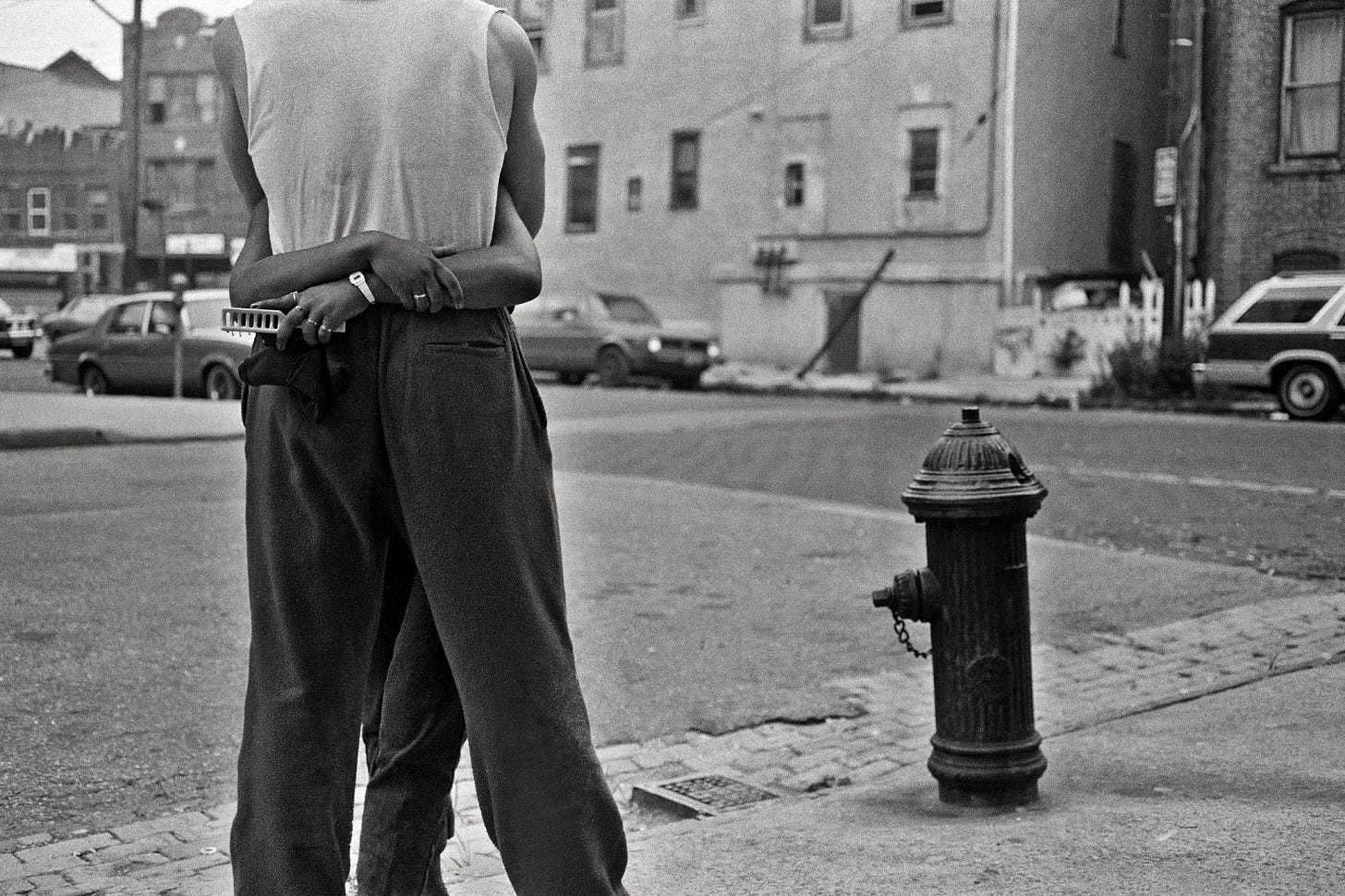
I found this photo and caption in a New York Magazine piece on Rodriguez’s wonderful taxi work called My Fares. He published a book of the work in 2020 called Taxi: Journey Through My Windows 1977-1987
From Rodriguez’s artist statement
As a documentary photographer for over 25 years, my point of view has been to work slowly when it is possible. The domestic landscape of America has been my interest for the past two decades. I continue to tell stories that have had an effect on my life so that we can diminish this distance and develop a better understanding.
NOTES
If you are not from Staten Island and have been to Stapleton before, there is a good chance it was to visit the Sri Lankan restaurant Lakruwana. The all-you-can-eat buffet on weekends used to be $12 but has gradually gone up to $20.99, though it is still absolutely worth it. The room is really like nowhere else in the city. Everything was shipped from Sri Lanka, even the walls. The ceiling is thatched, Buddhas are everywhere, and the iron-backed chairs stretch over your head. The water cups are clay, as are the bubbling cauldrons of Sri Lankan delicacies lining the buffet. Pete Wells from his 2013 review1:
I know of no other place in town that goes quite so far to summon up the world where its owners were born. Lakruwana may be New York’s most elaborate realization of the immigrant restaurateur’s dream: a shrine to another culture that can soothe homesickness in some patrons and kindle a thrilling sense of discovery in others.
Stapleton once boasted its own NFL team, The Staten Island Stapes, which played in the league from 1929 to 1932. In 1915, Stapleton native and halfback Dan Blaine formed the team to play other semi-pro teams in the area. He eventually became the sole owner, using the profits from his prohibition-era “restaurants” to finance the operation. The team’s biggest rivals were the newly formed NY Giants. Their overall record was 14-22-9. The Stapleton Houses are built on the site of the former Stapes stadium. For a really detailed write-up on the Stapes story, you should read this John Hogrojian piece from 1985.
In case, like me, you were wondering, Cornelius is currently ranked as the 1141st most popular given name in the United States, with an estimated population of 27,307. Minthorne does not make the list.
Speaking of beer and Impractical Jokers:
https://www.nytimes.com/2013/01/30/dining/reviews/restaurant-review-lakruwana-on-staten-island.html






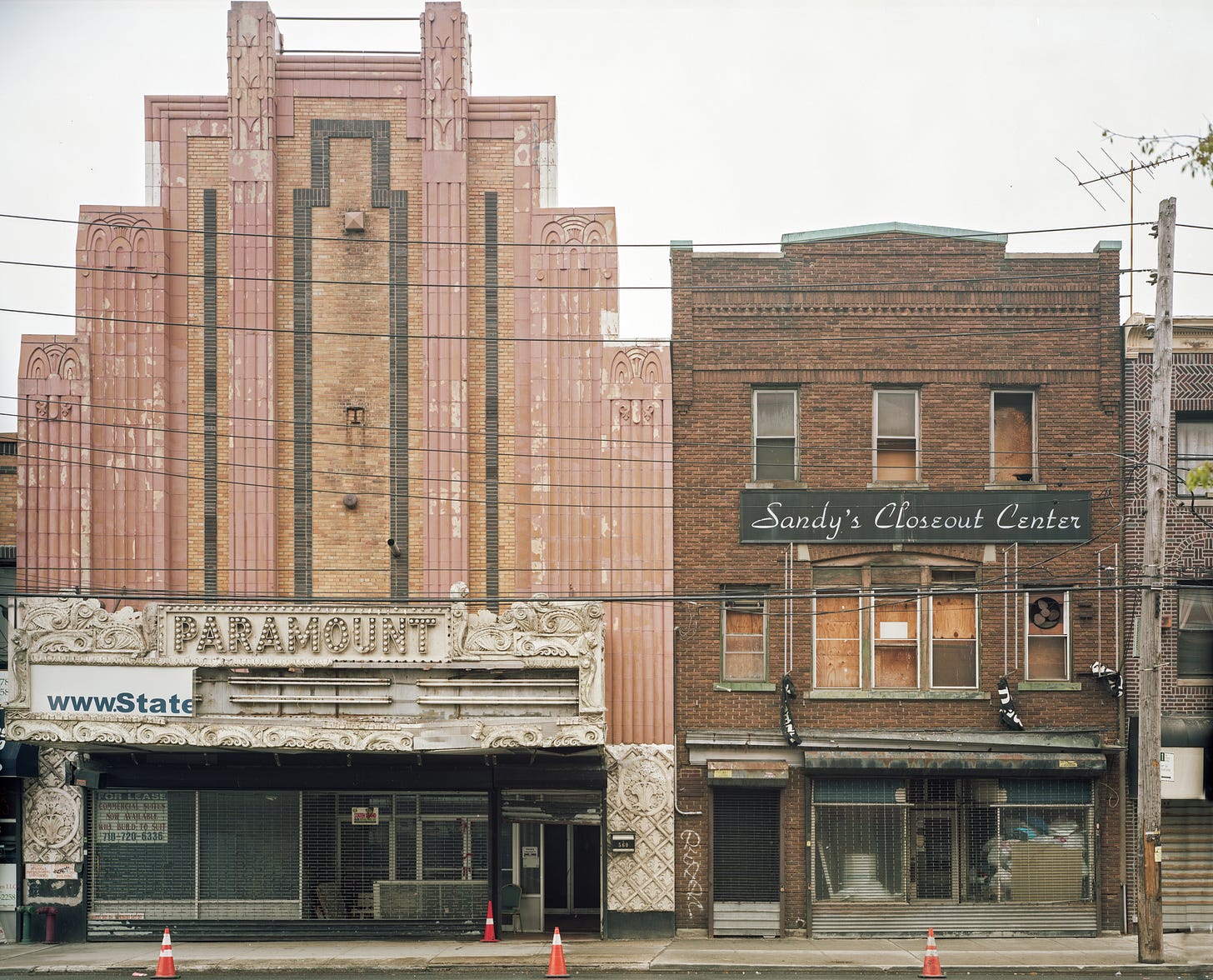

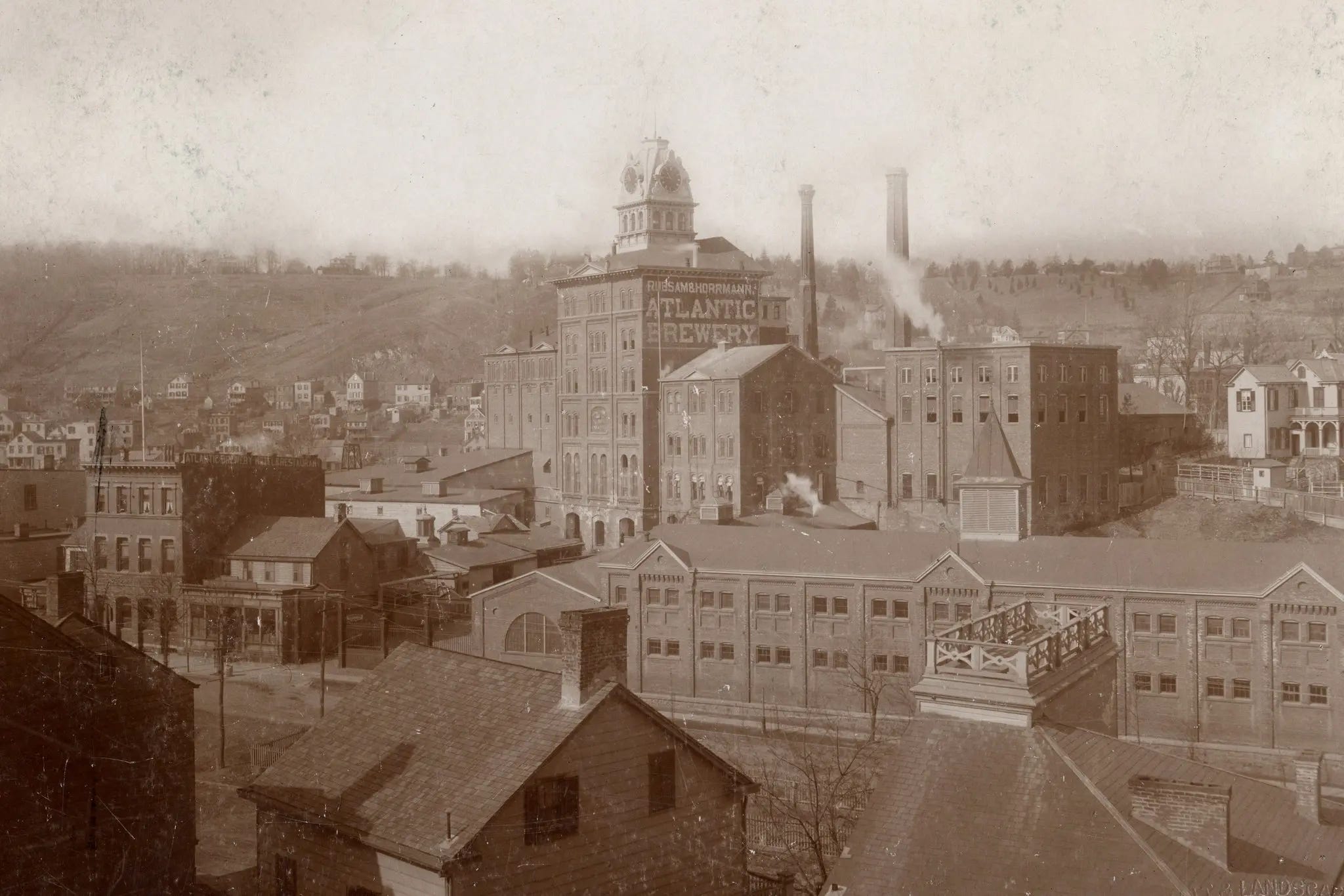

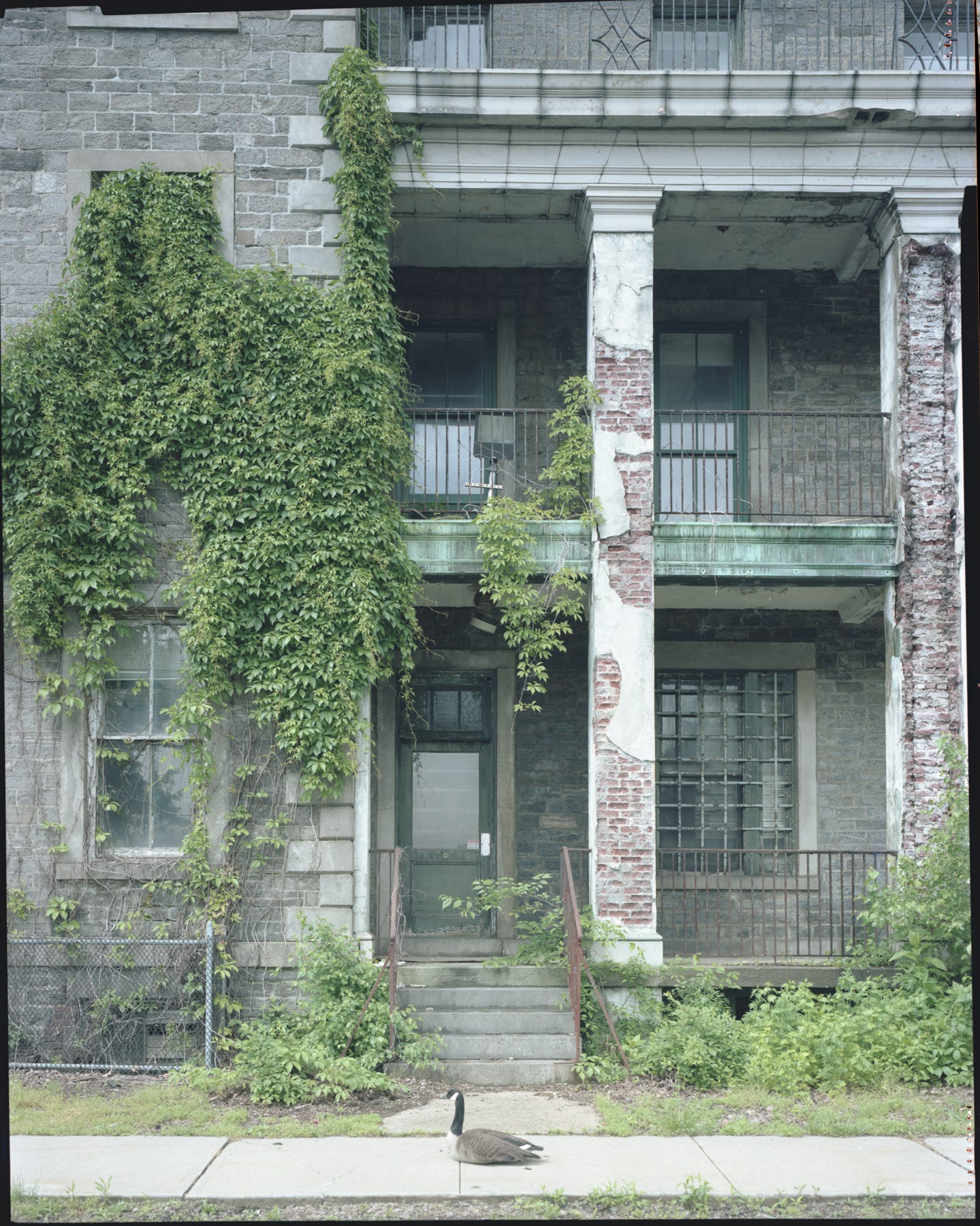

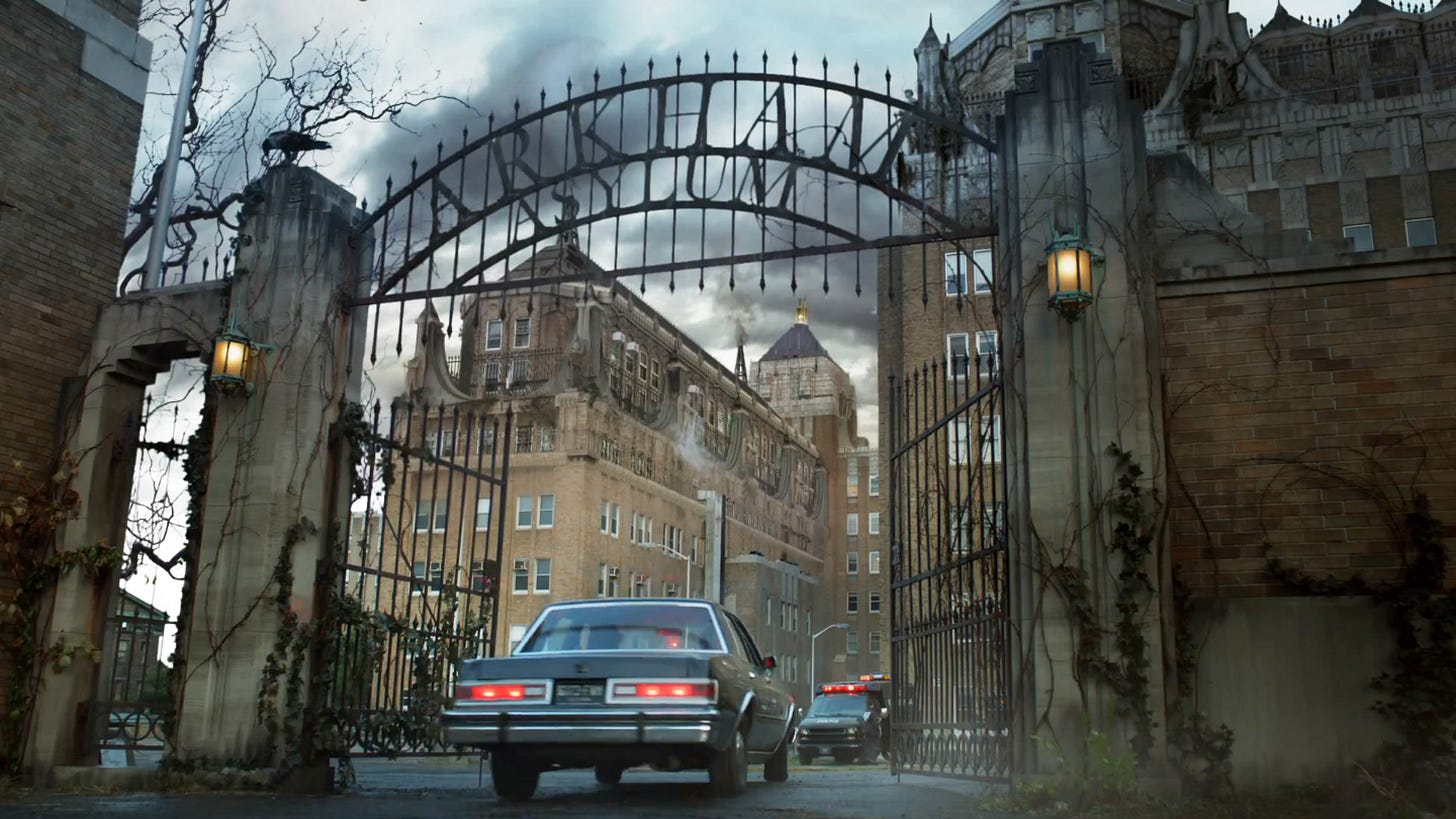

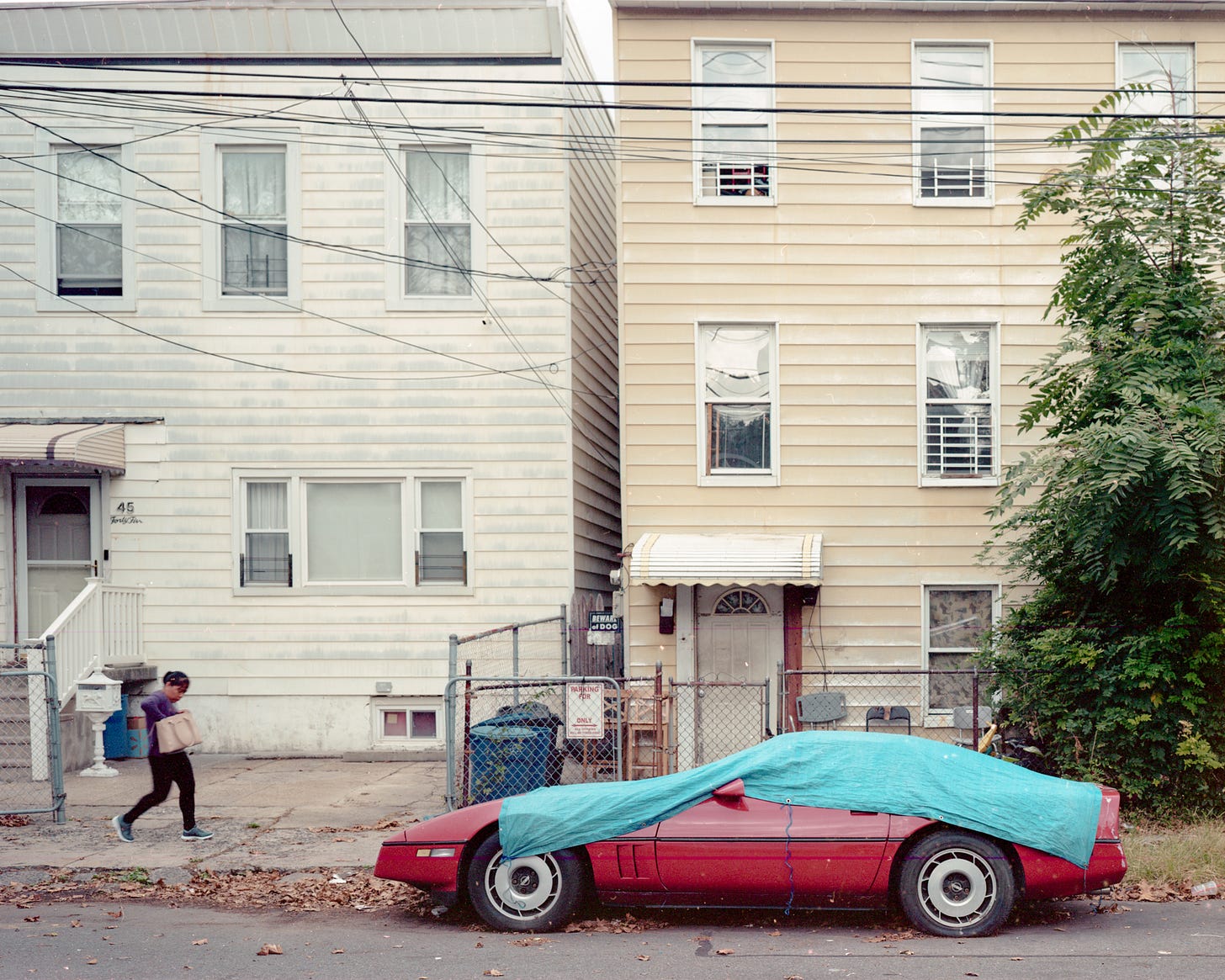
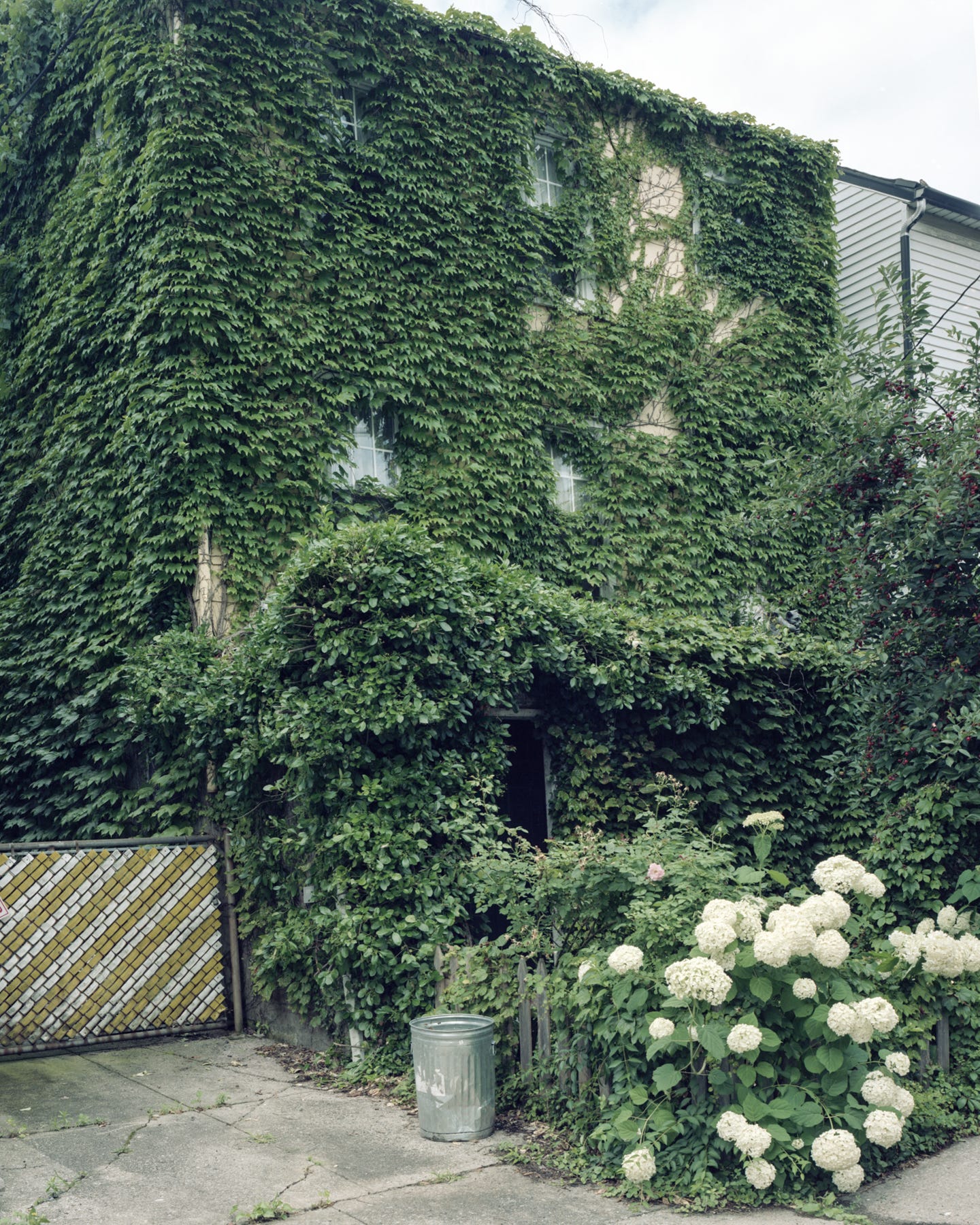
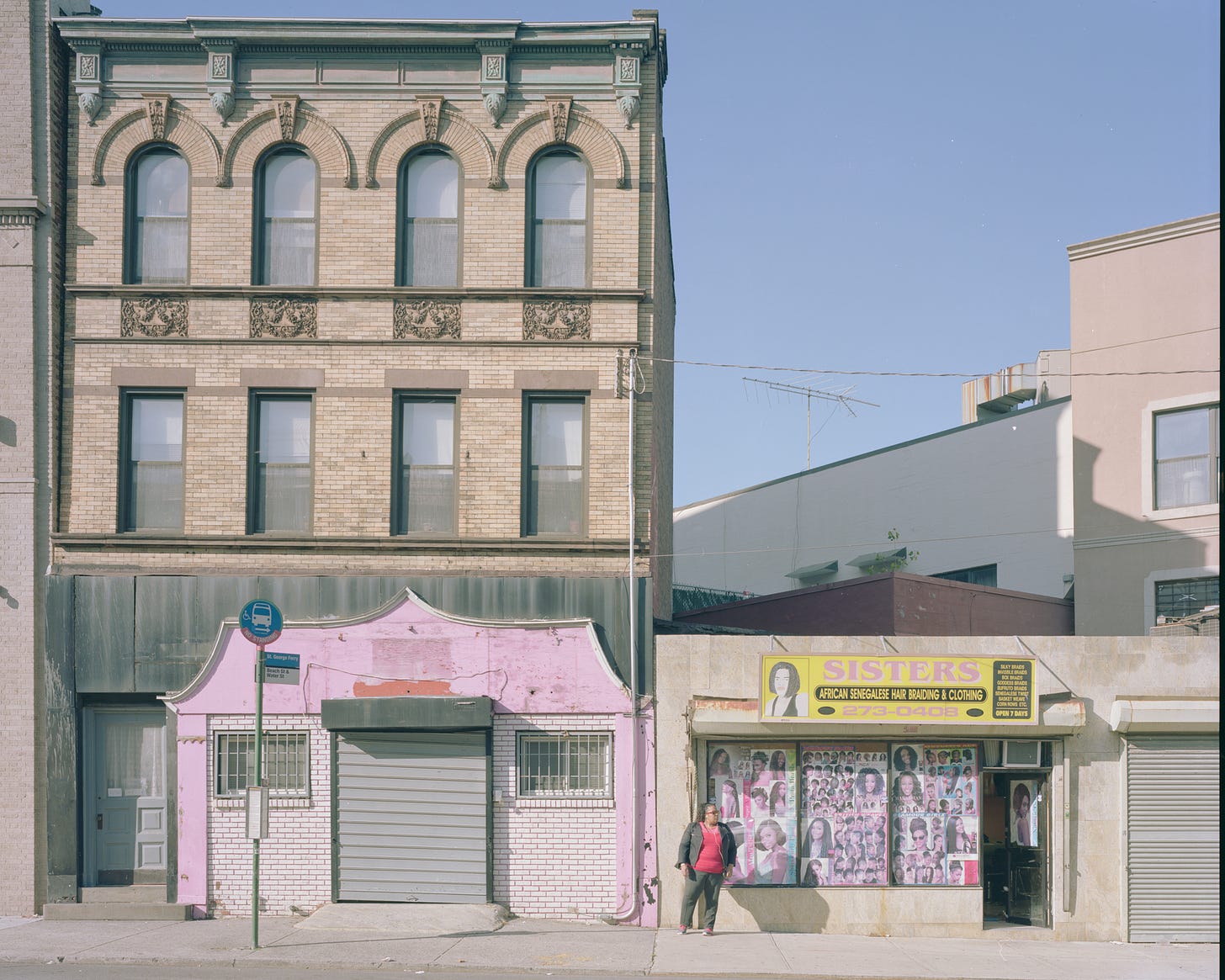

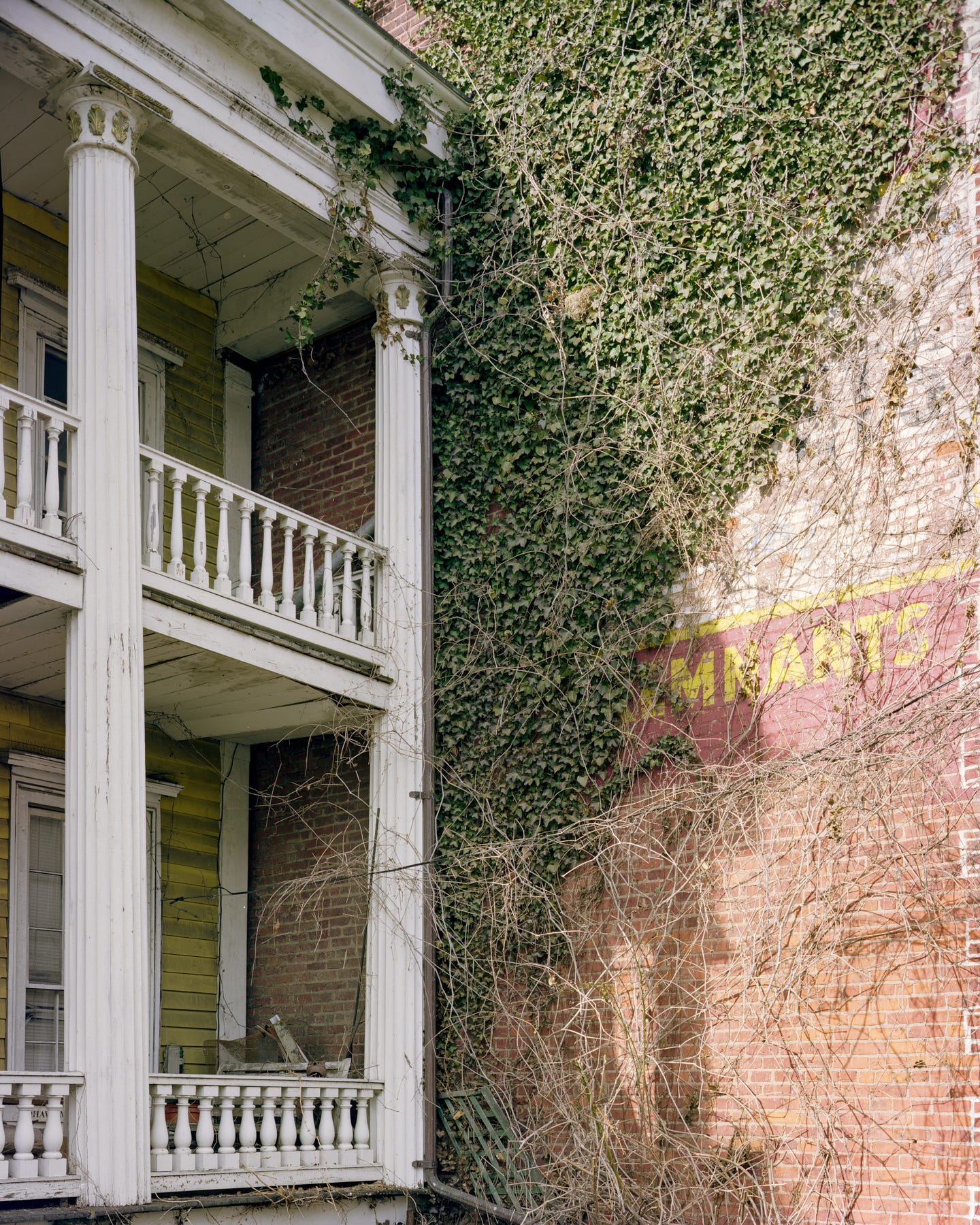

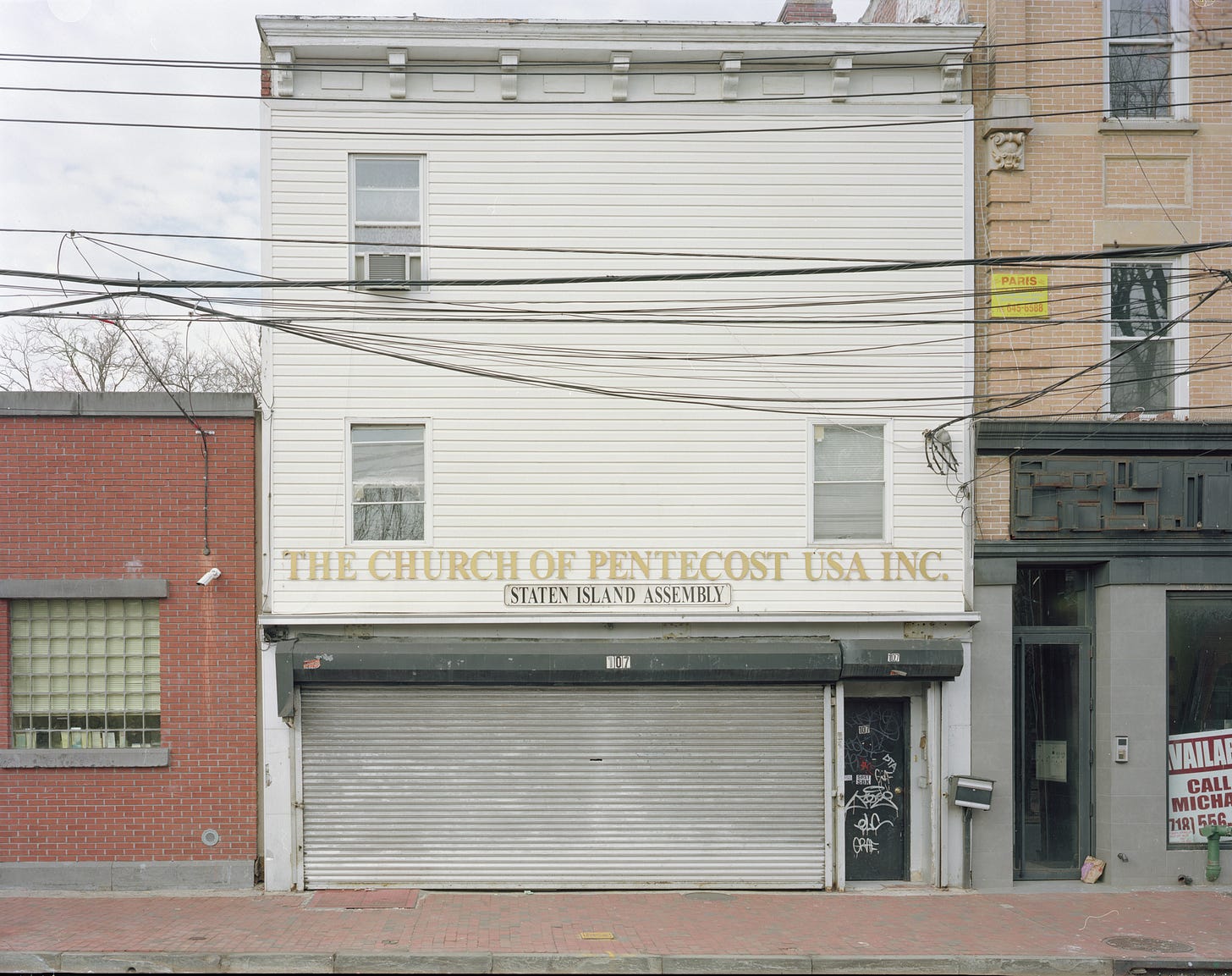
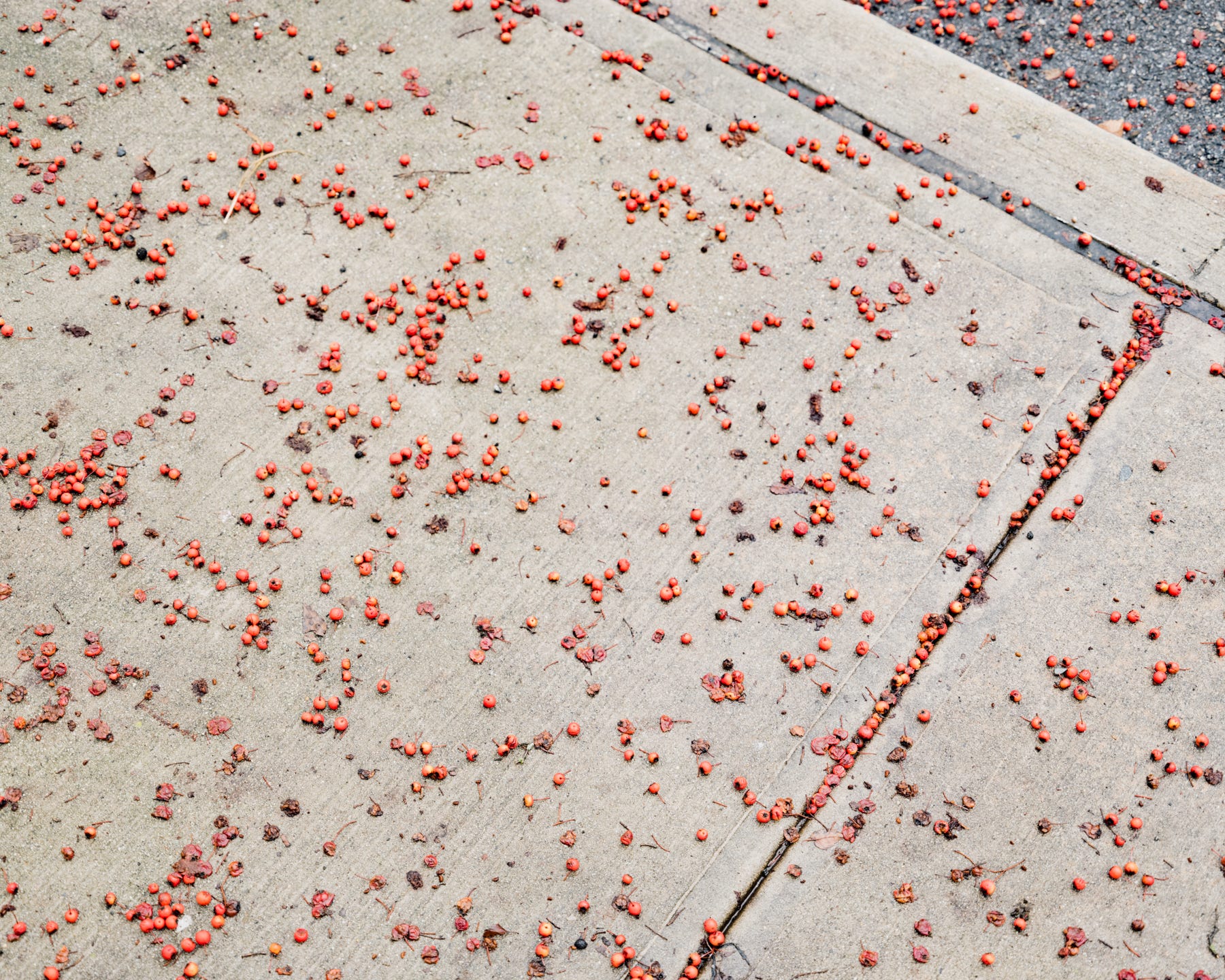
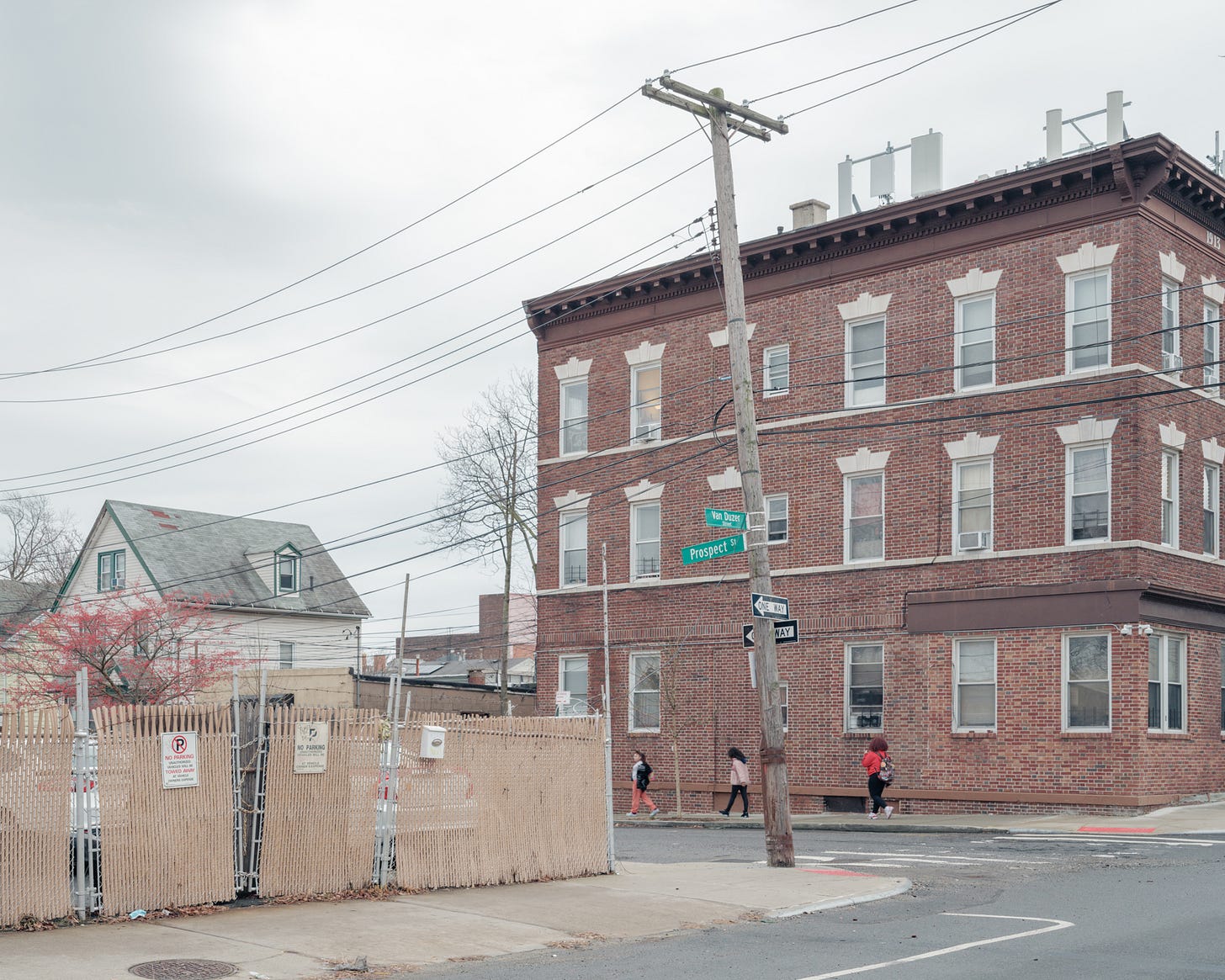
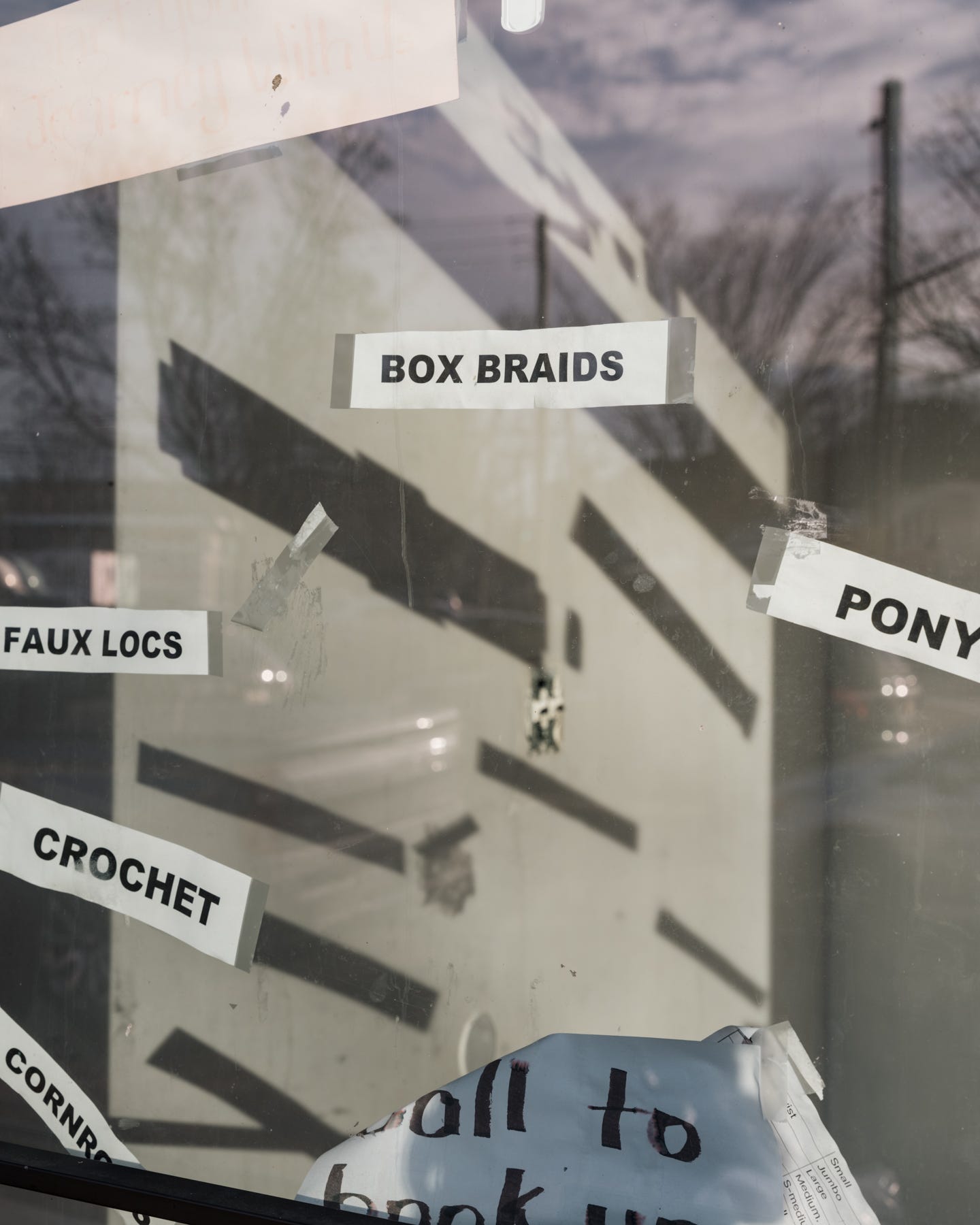
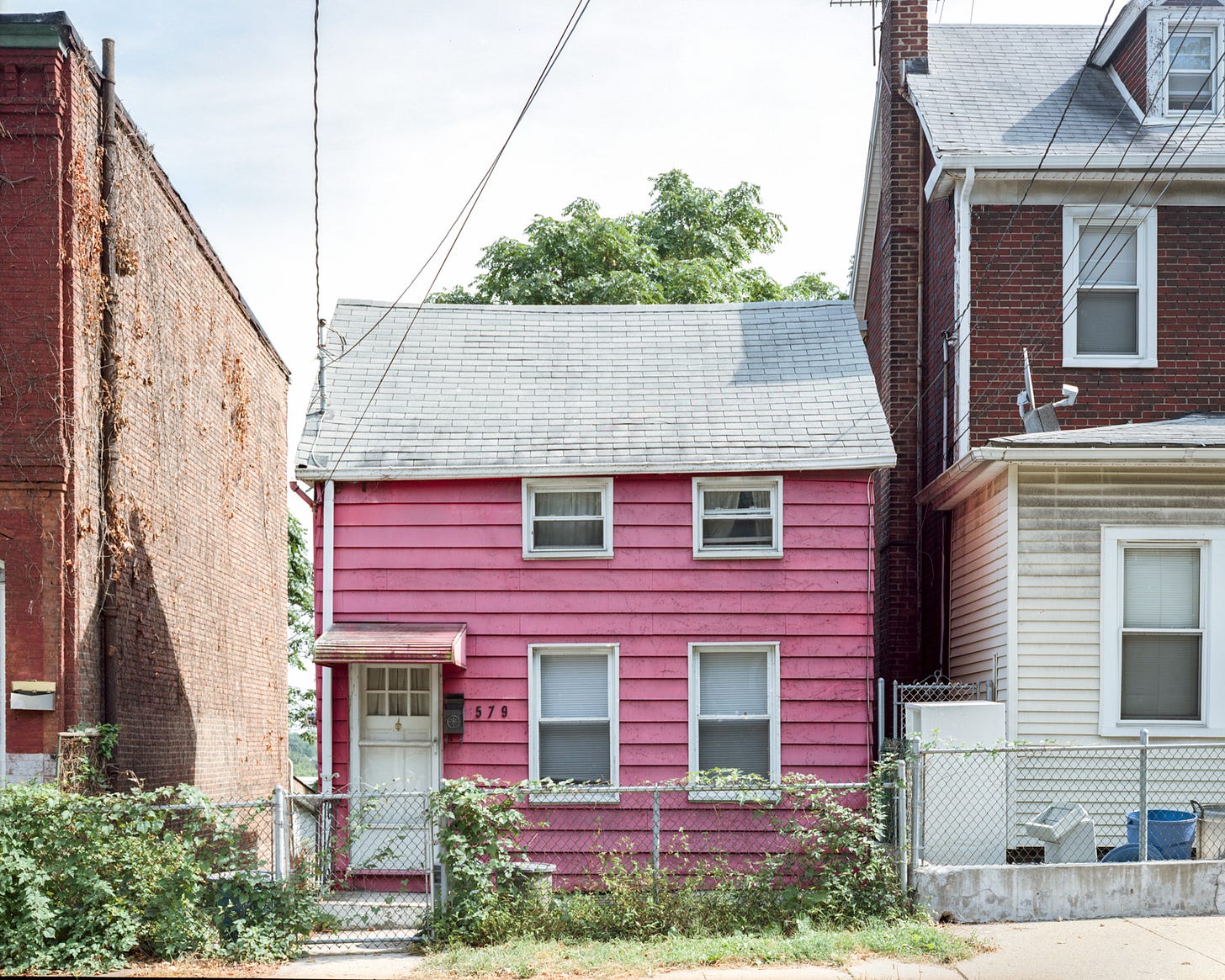
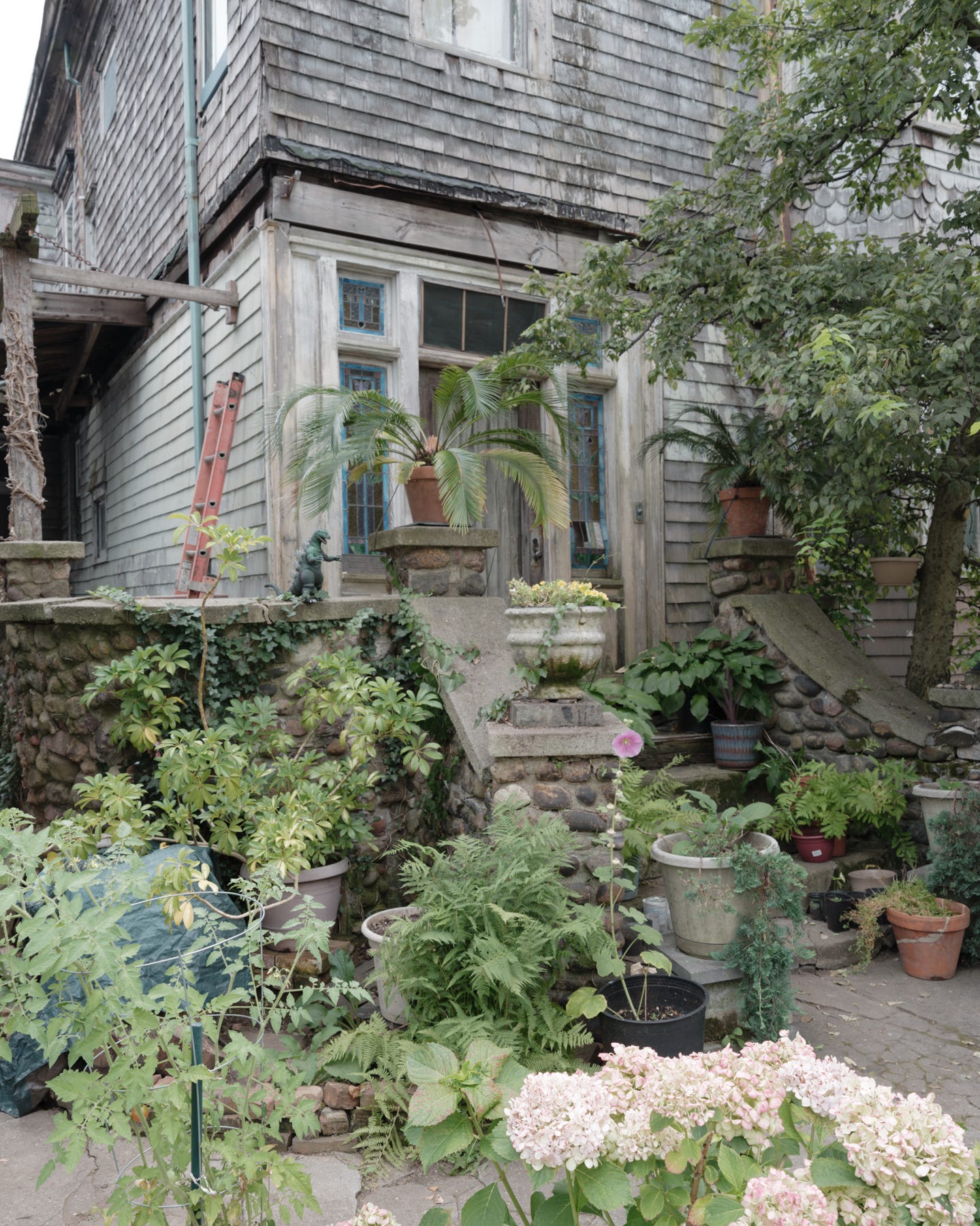
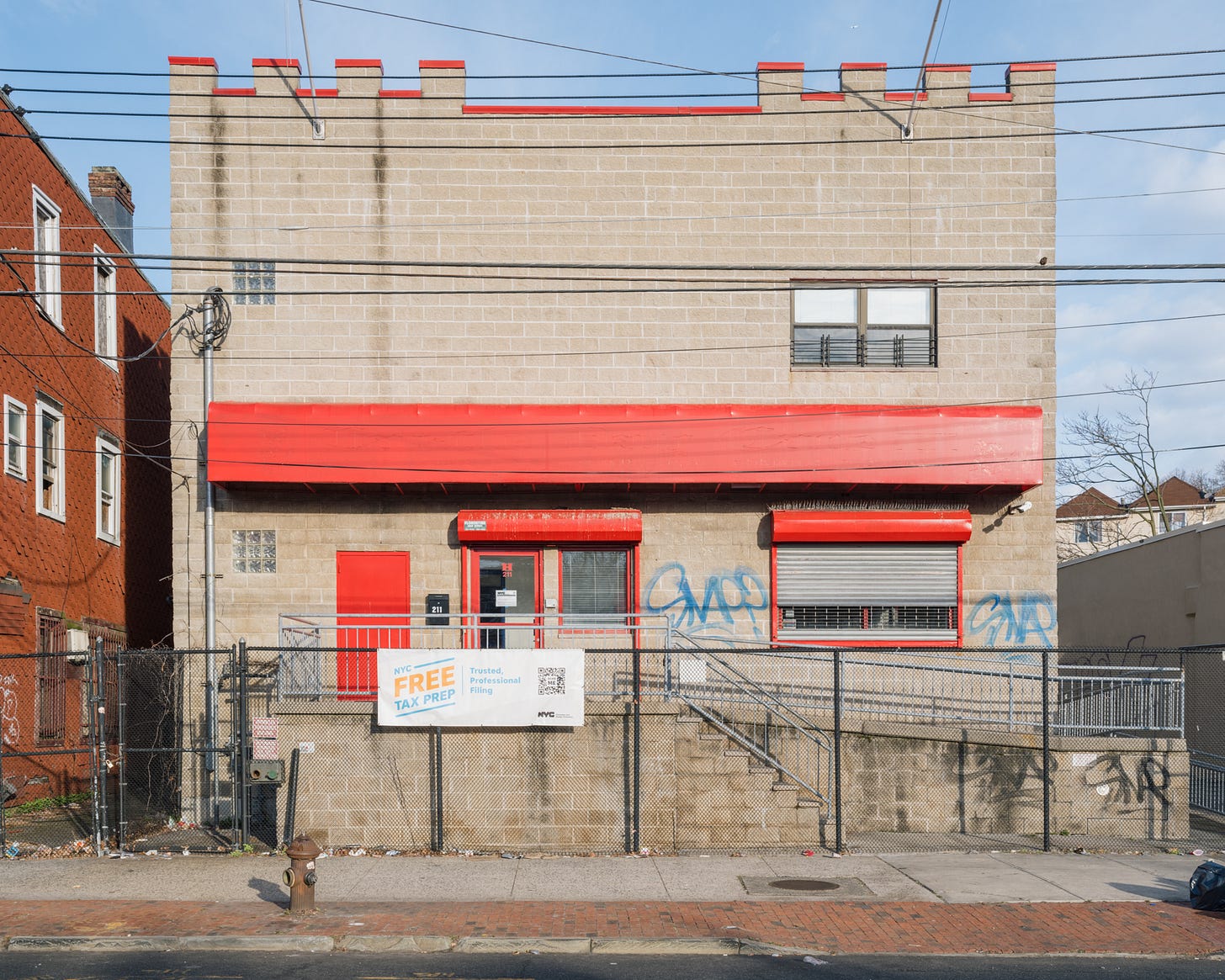
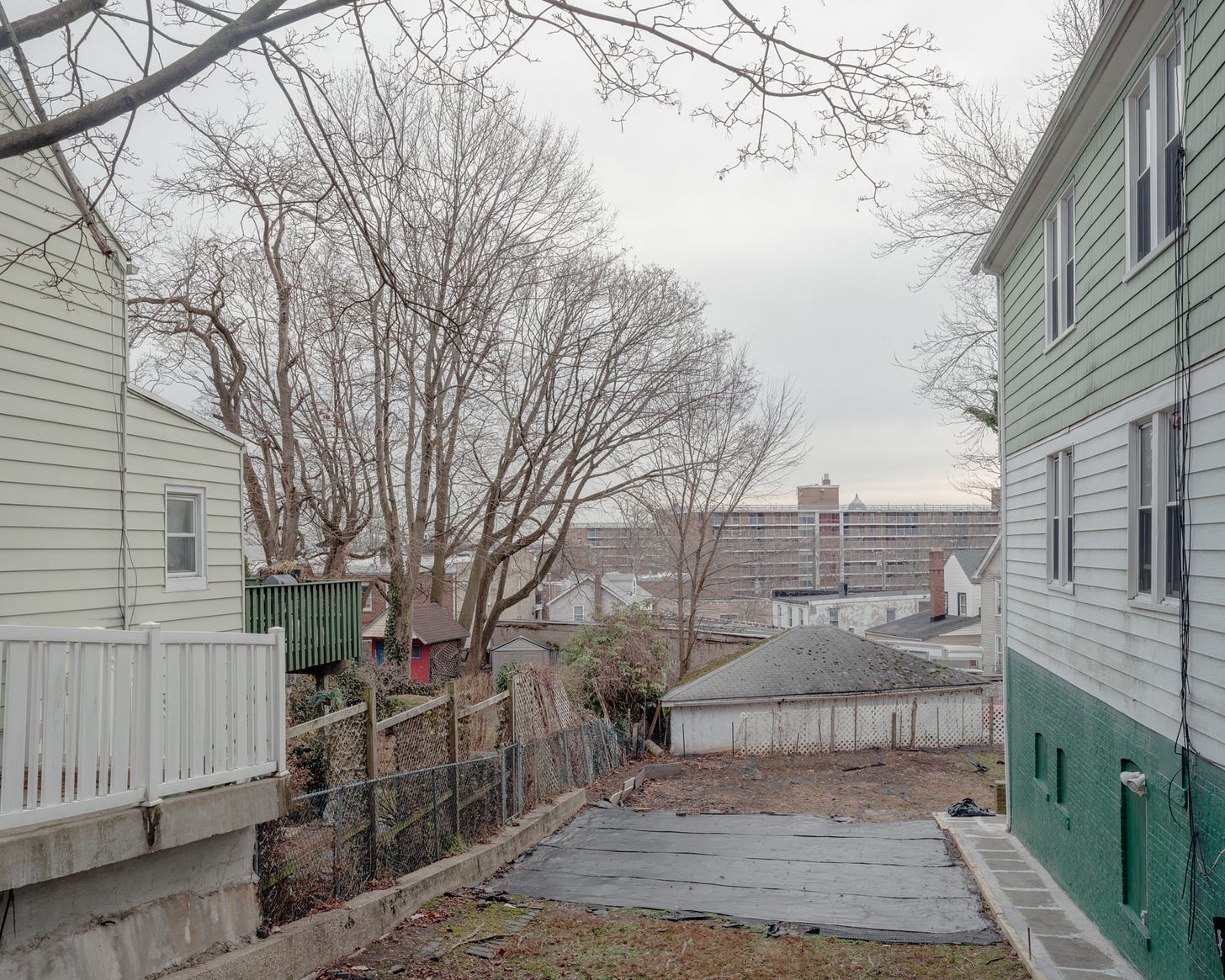
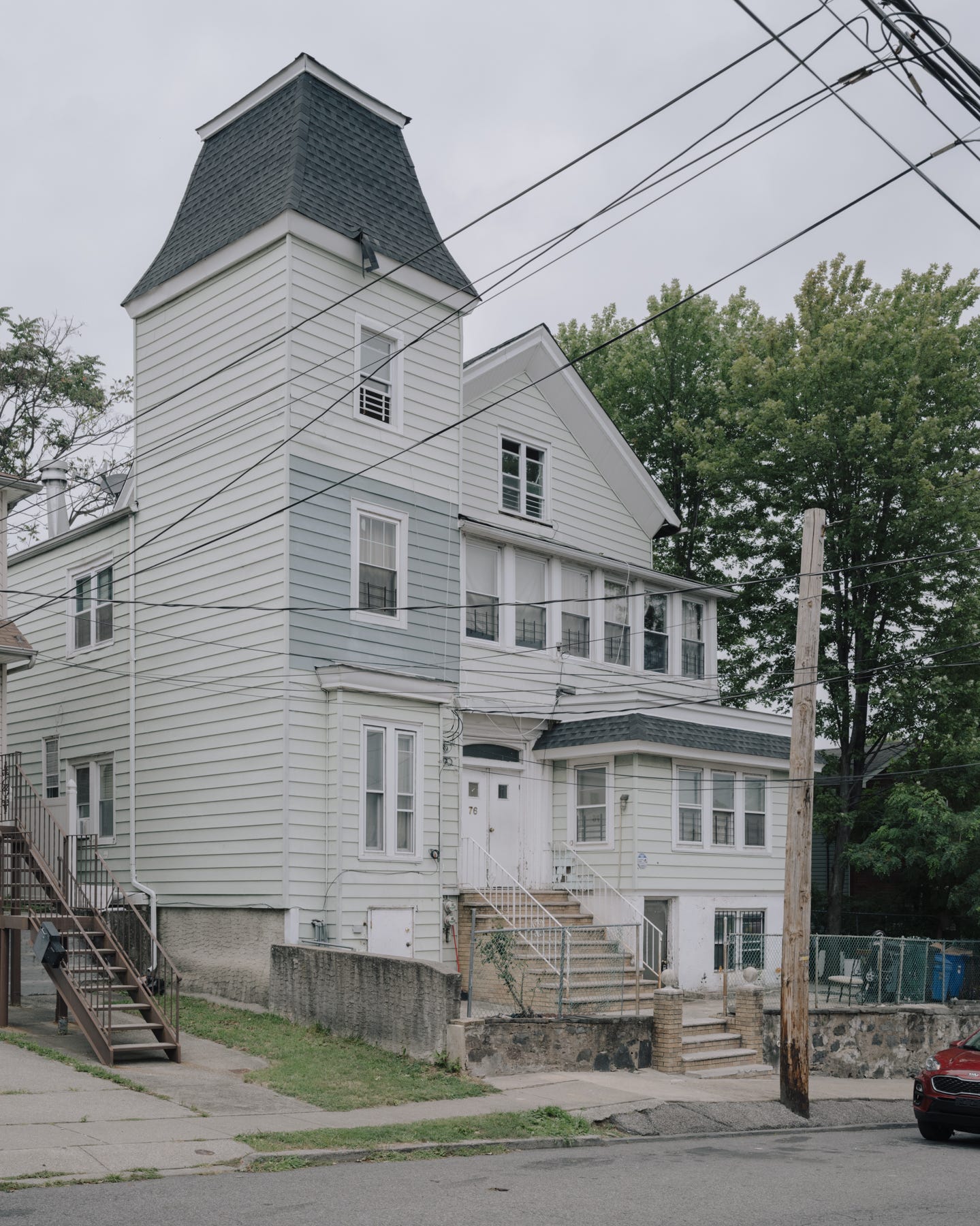
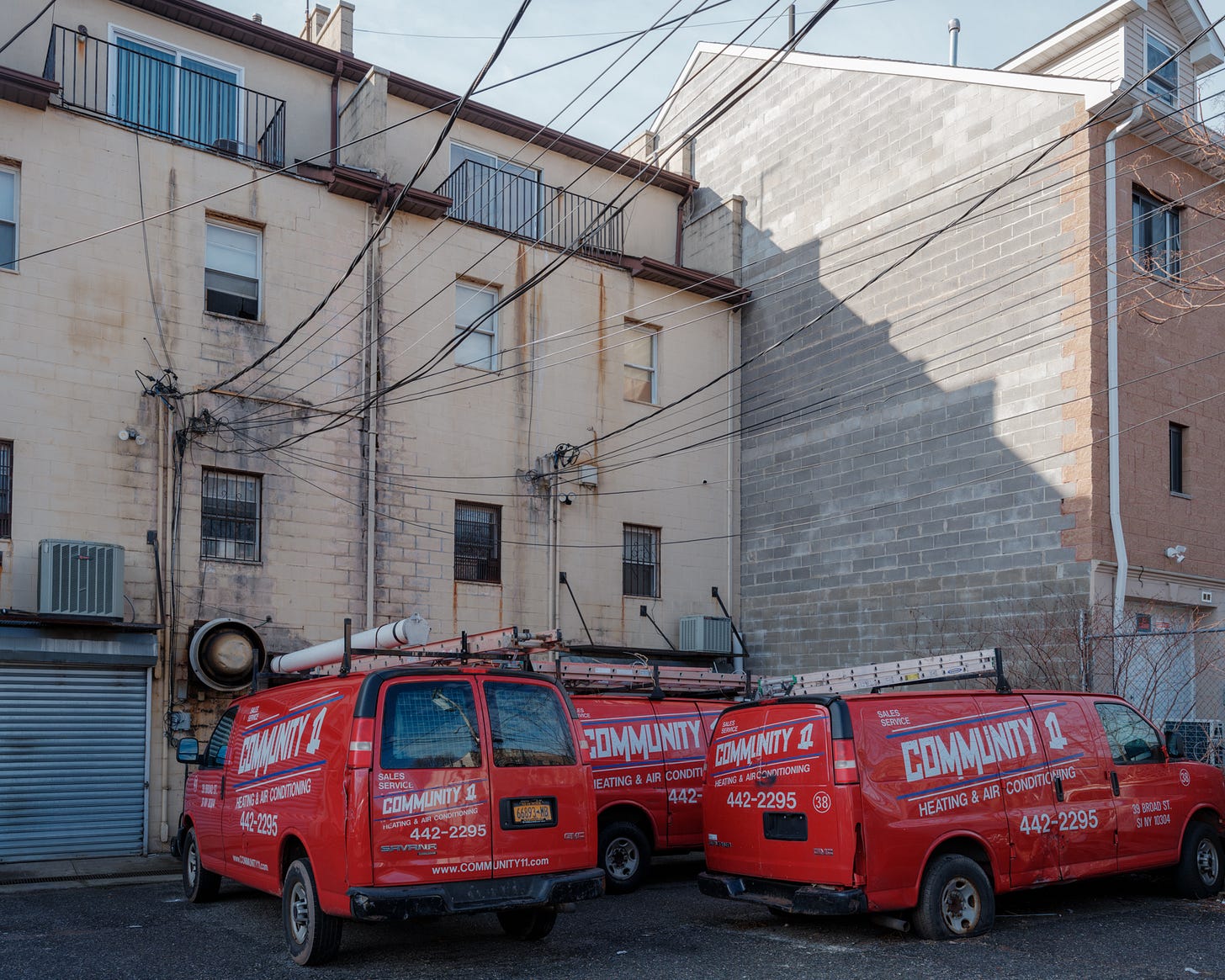
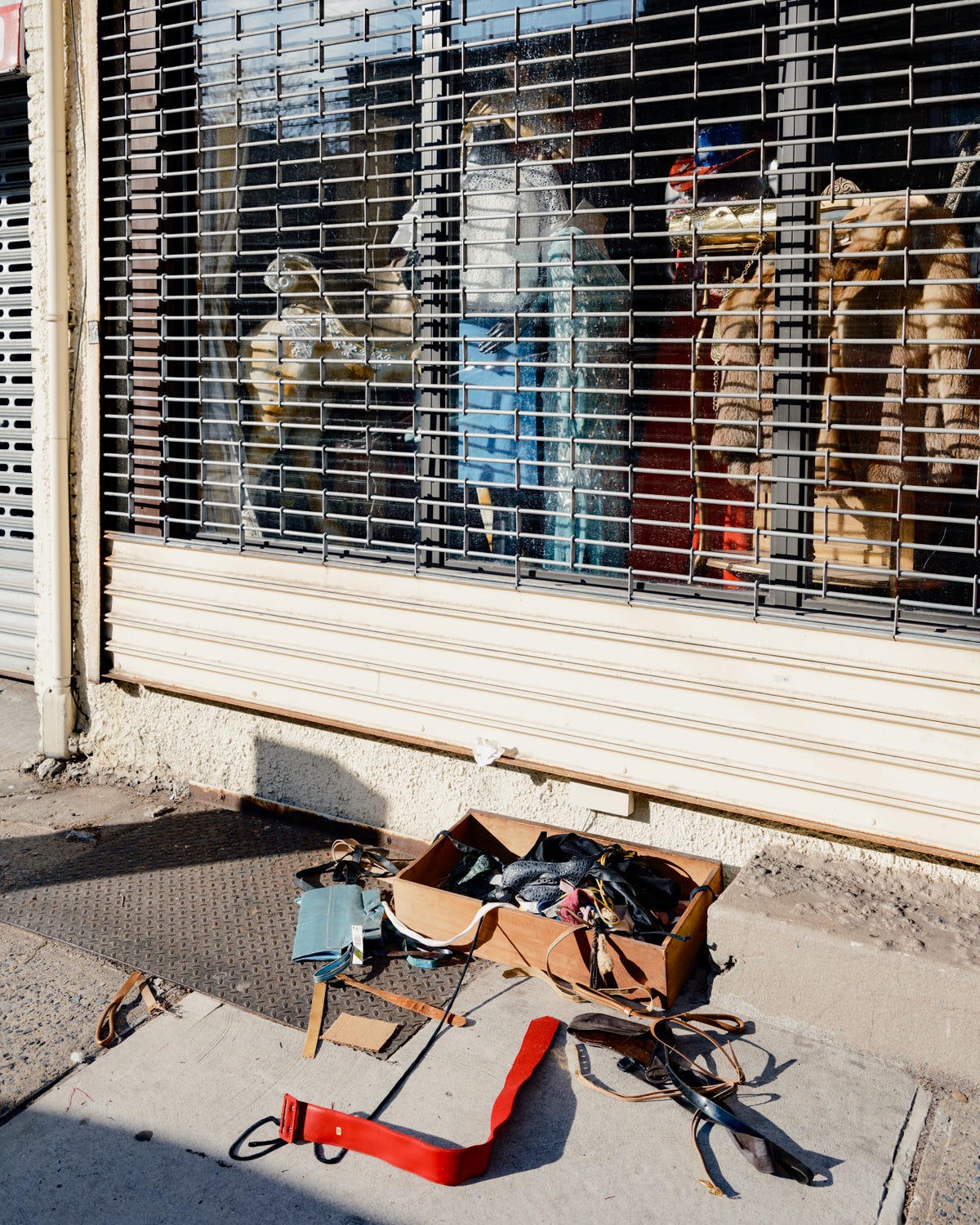
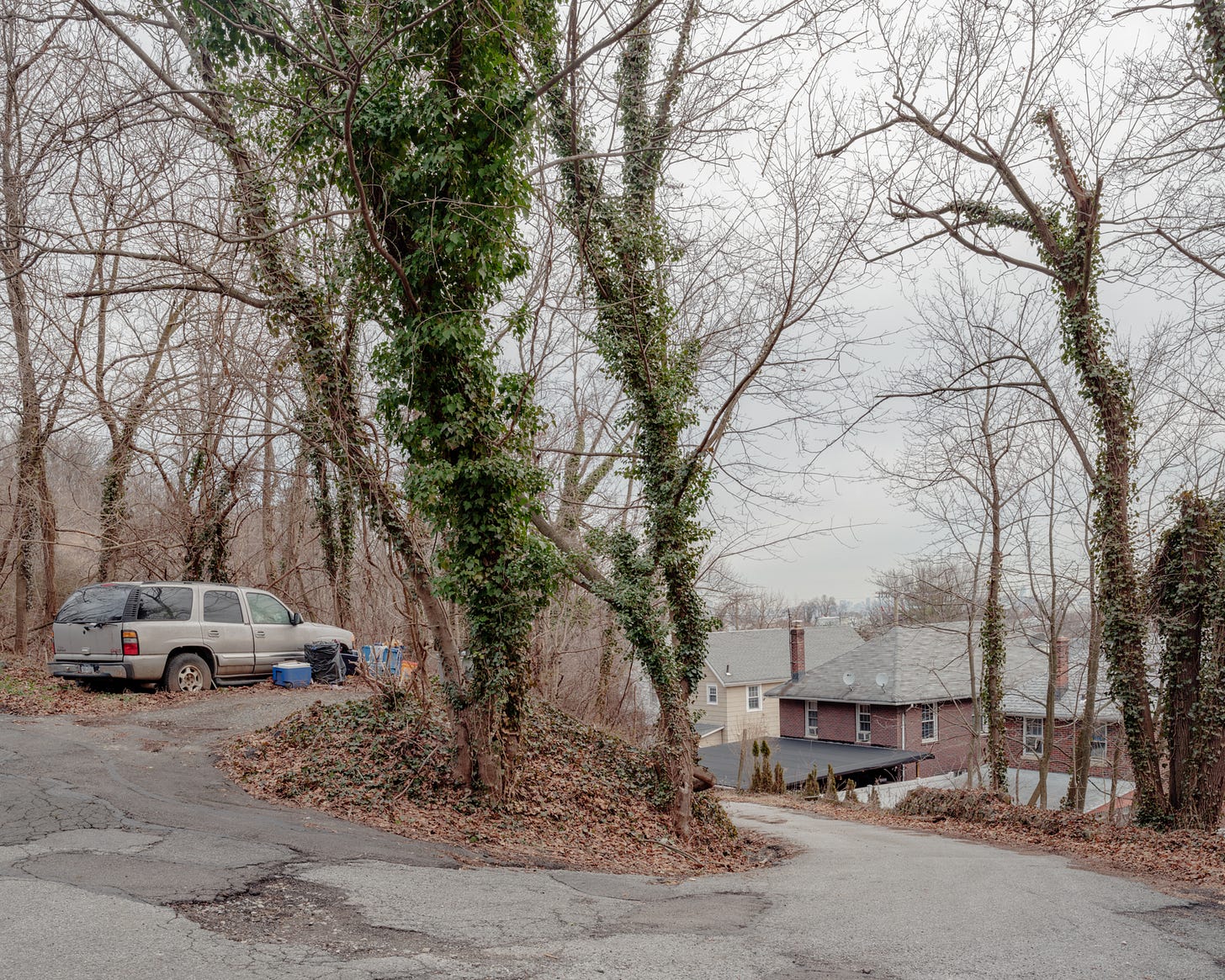
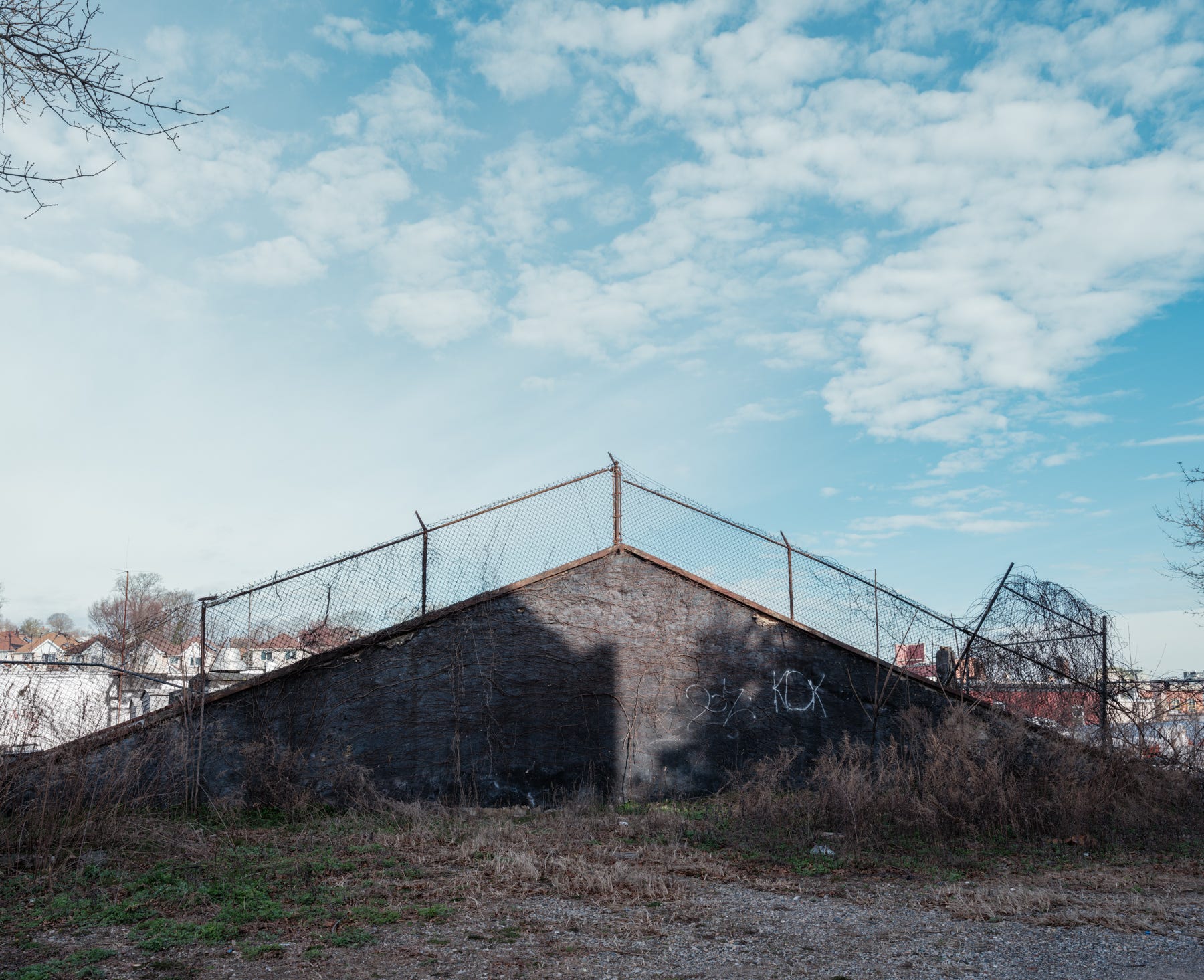
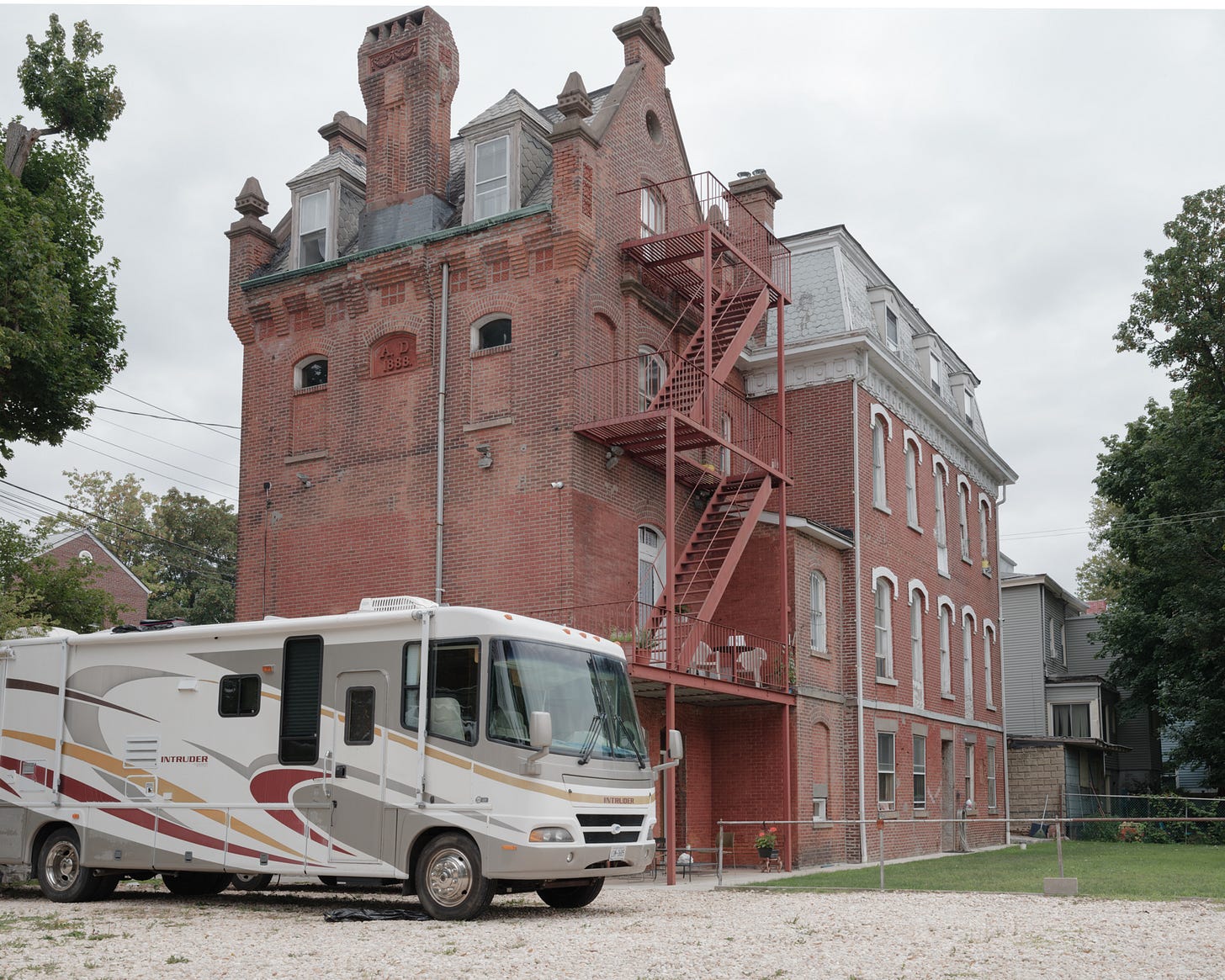
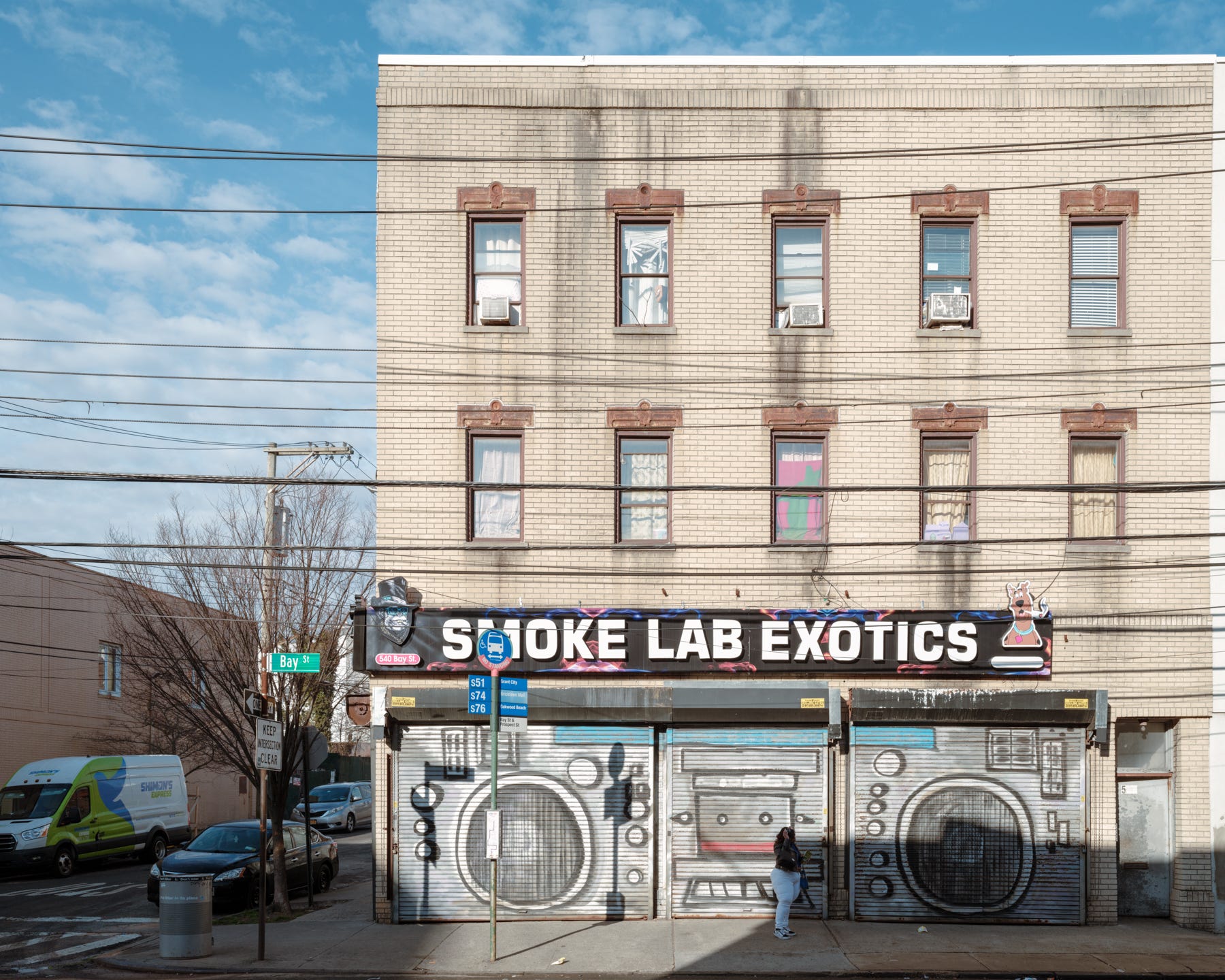
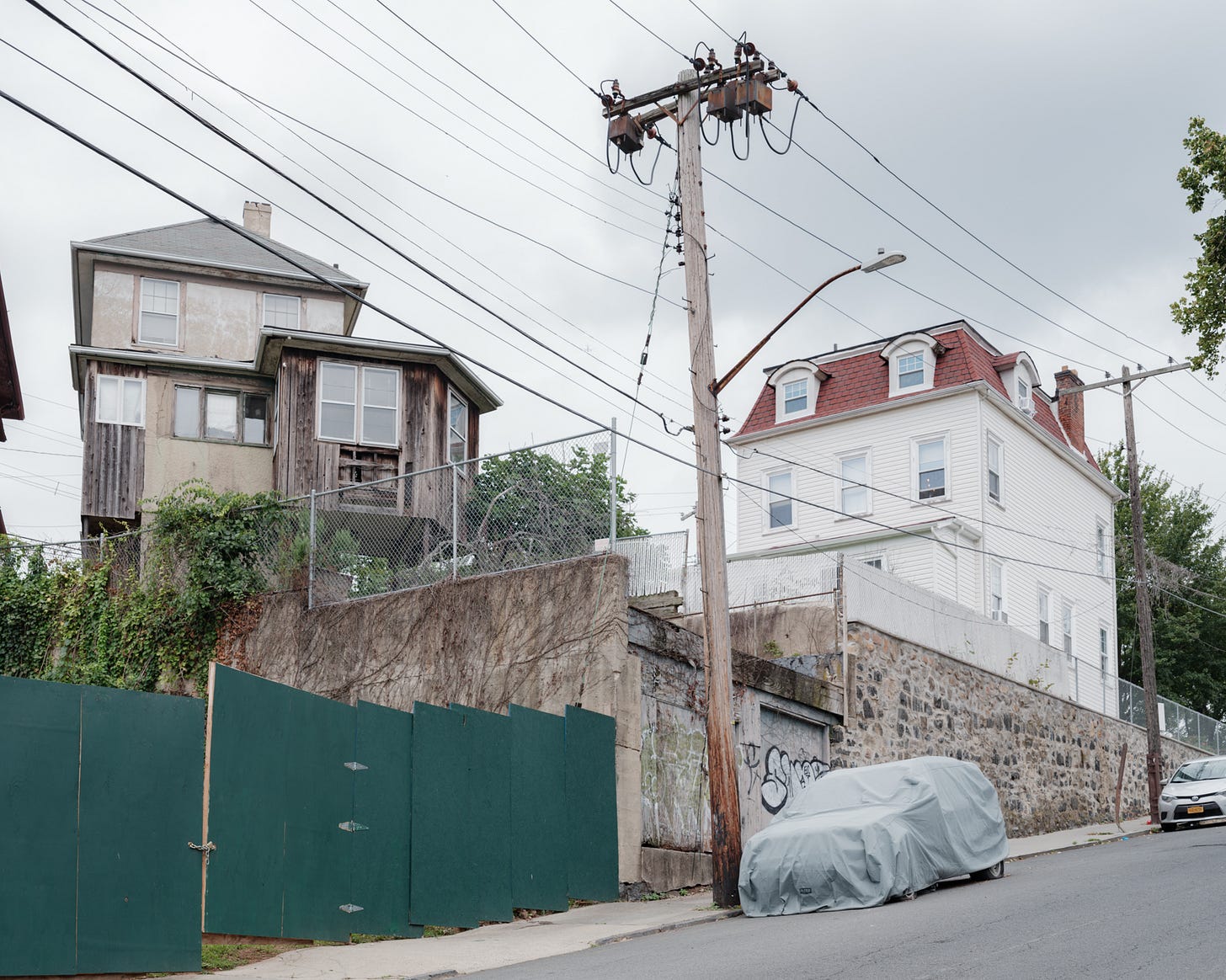
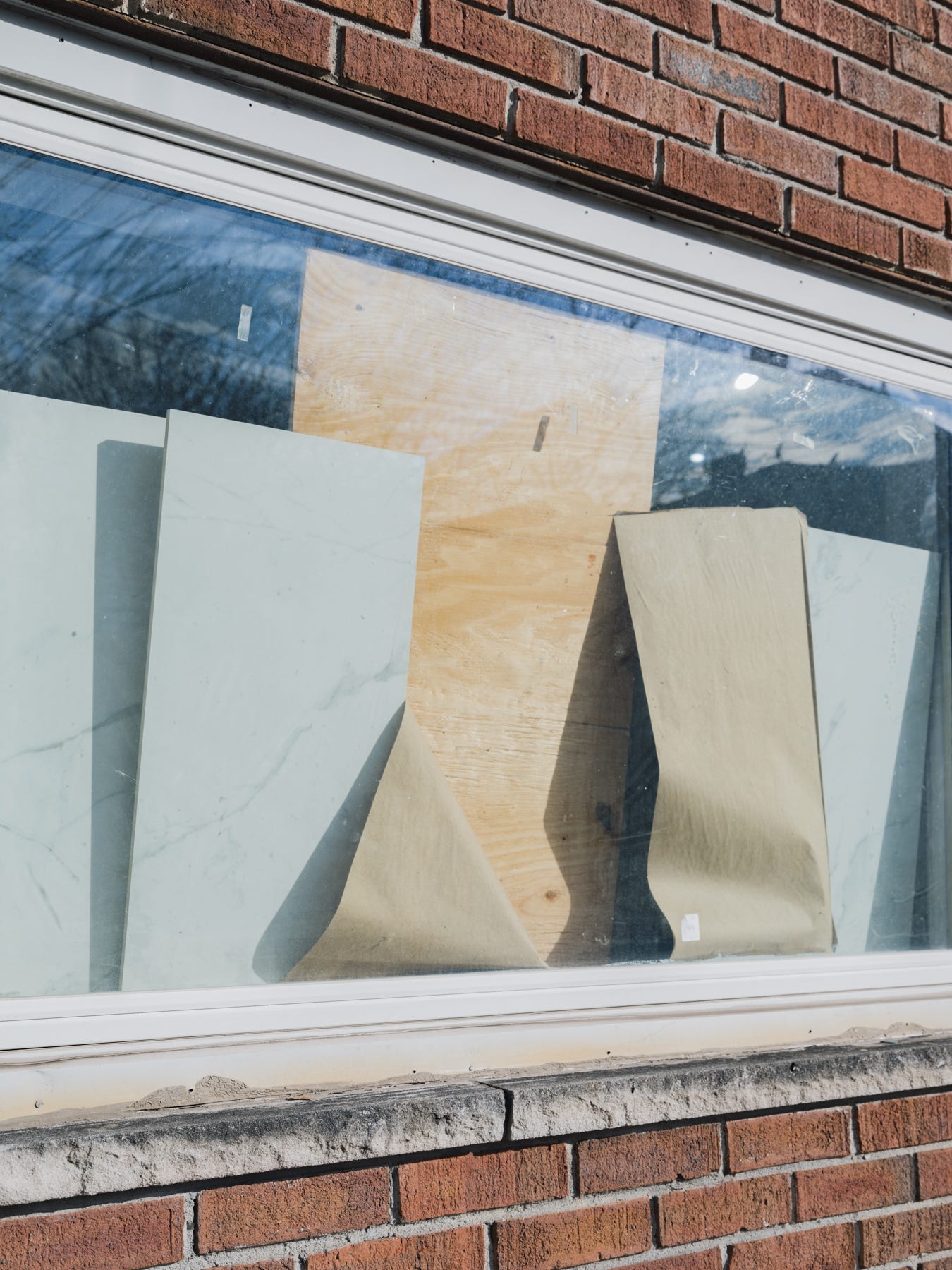
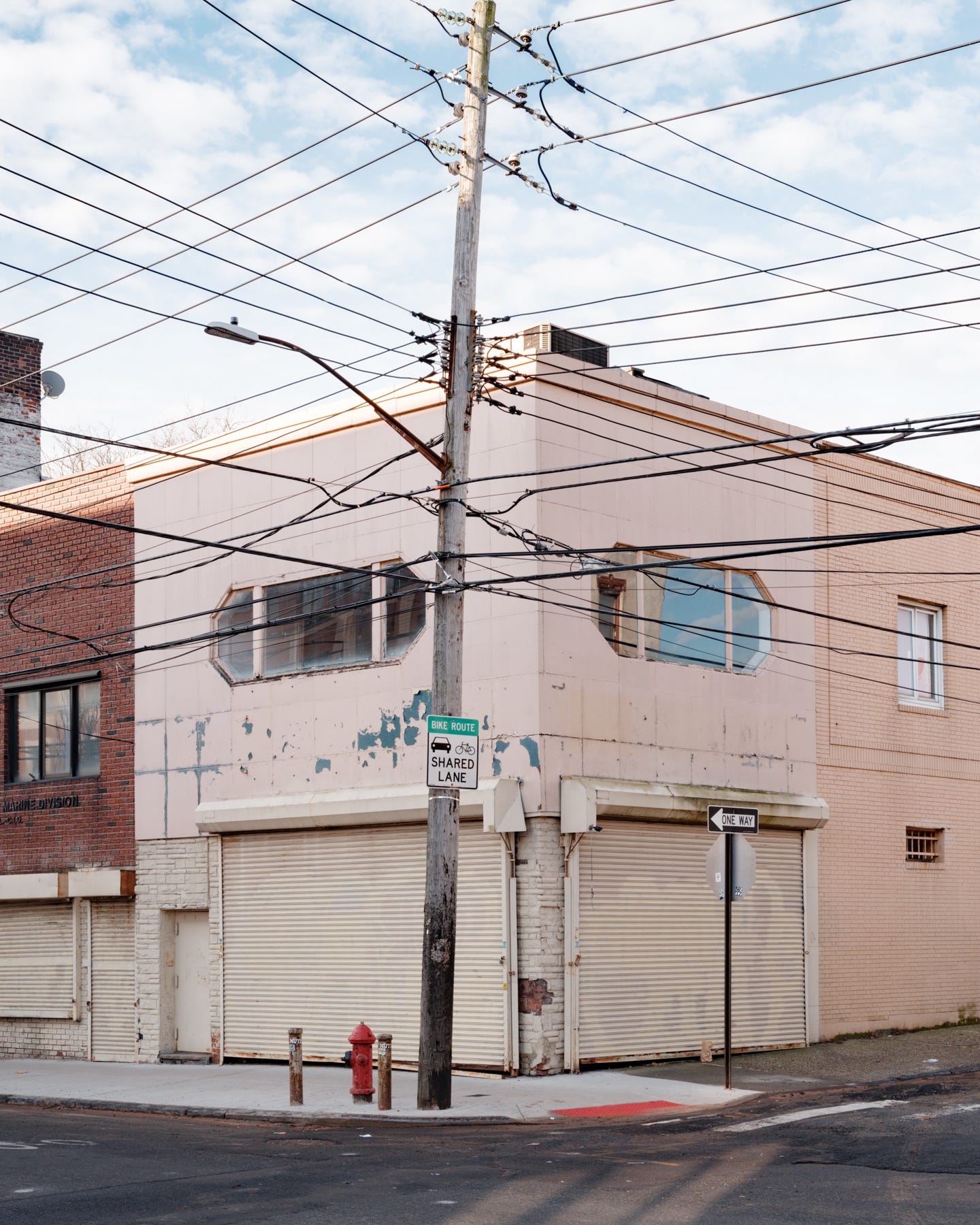
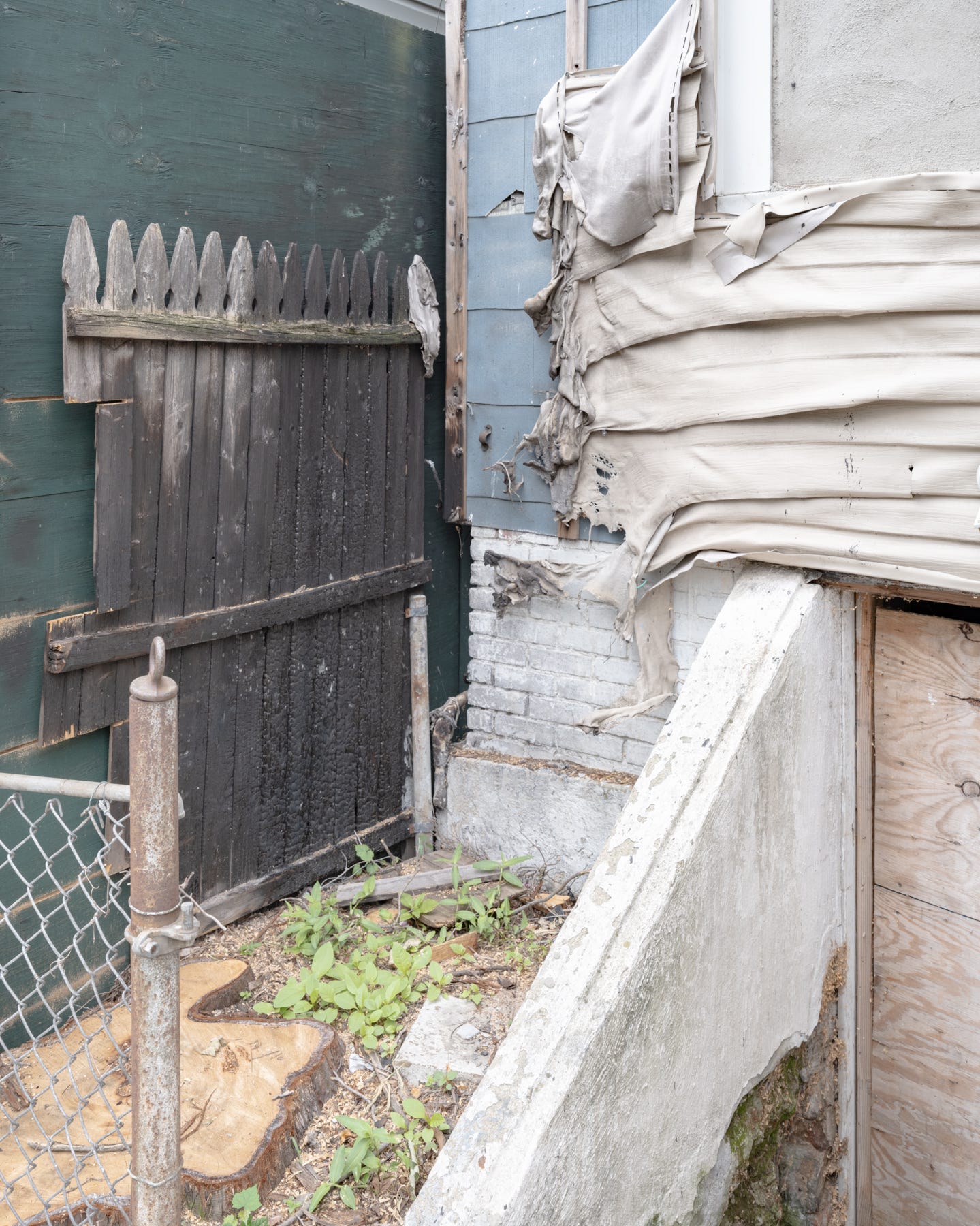
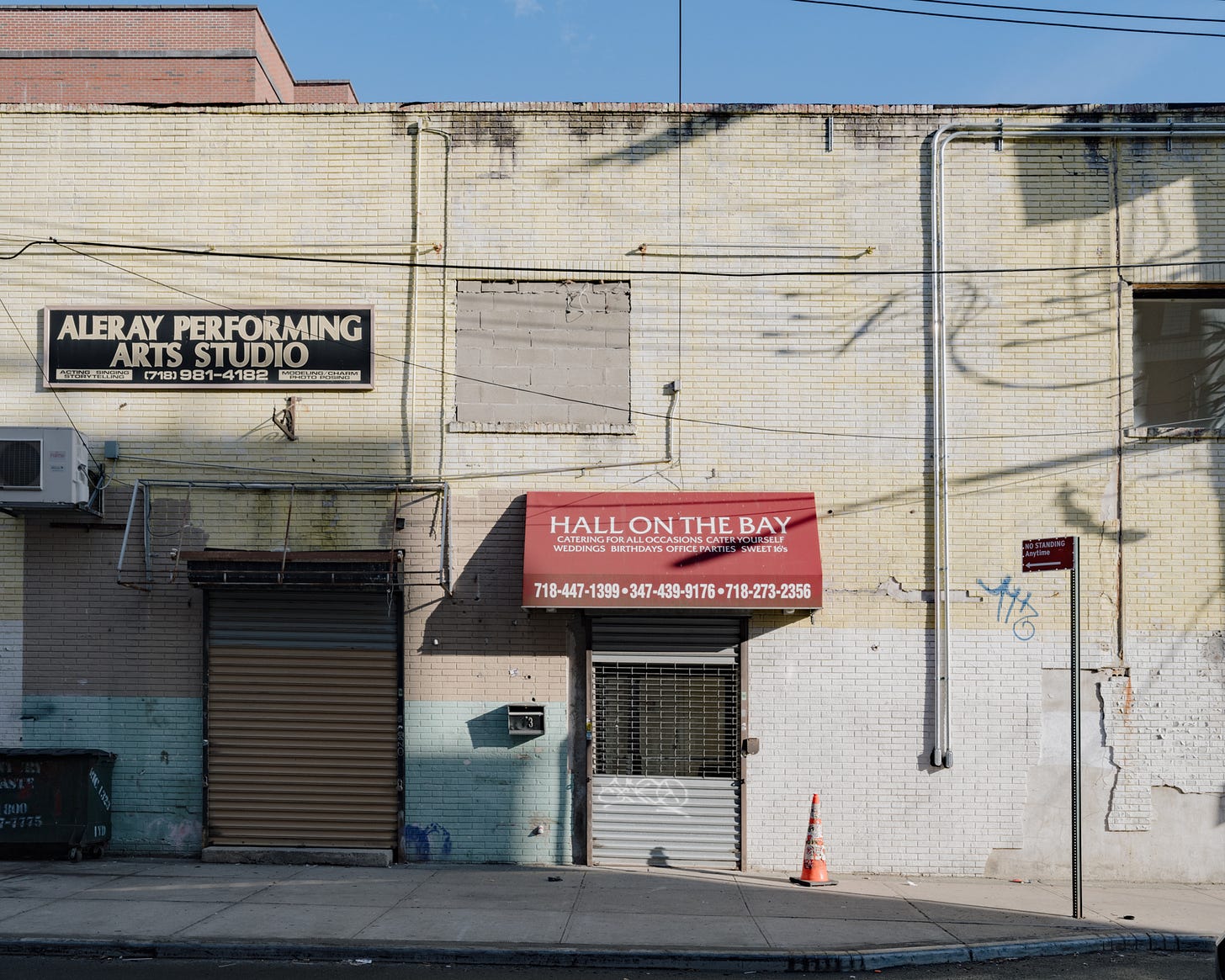
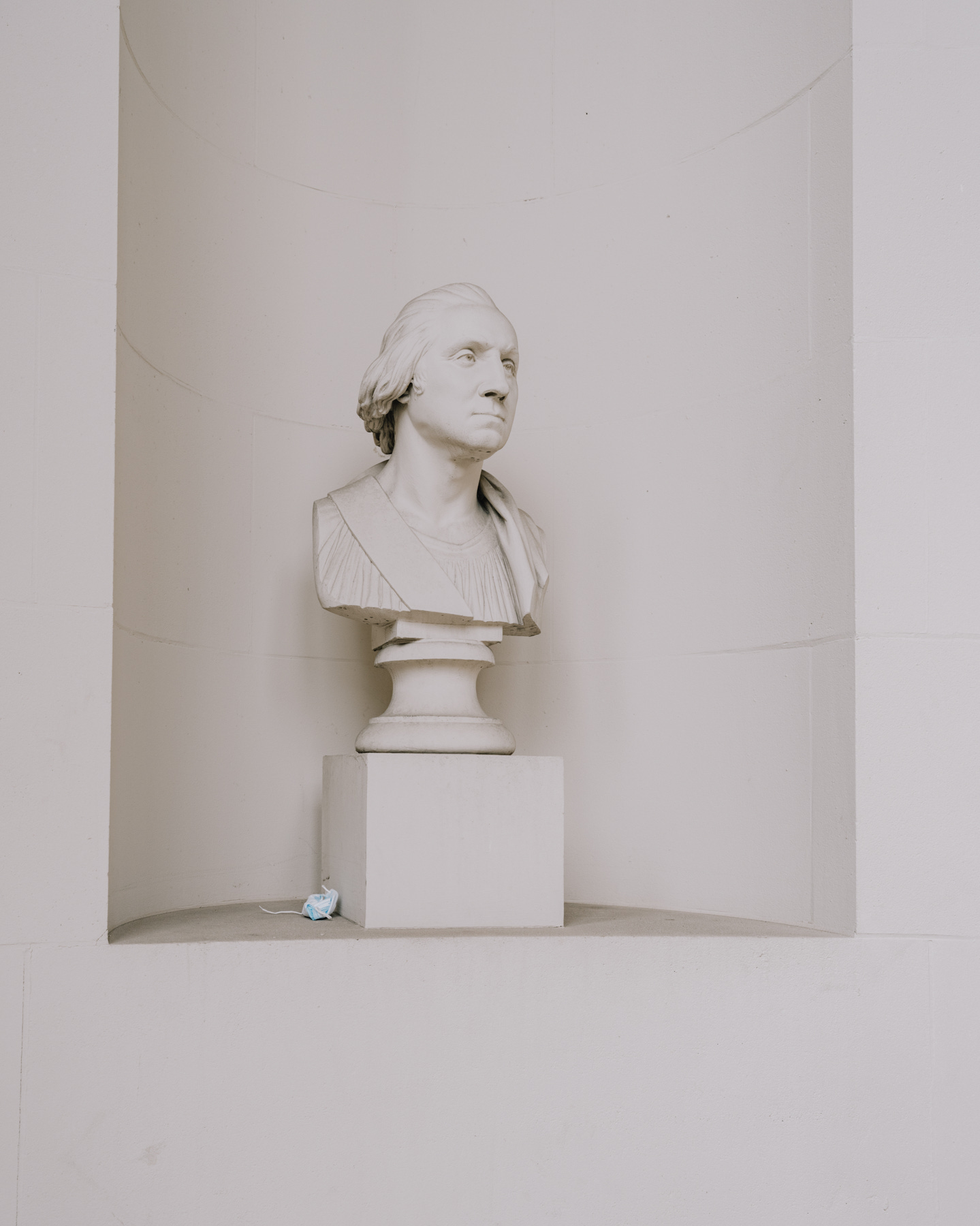
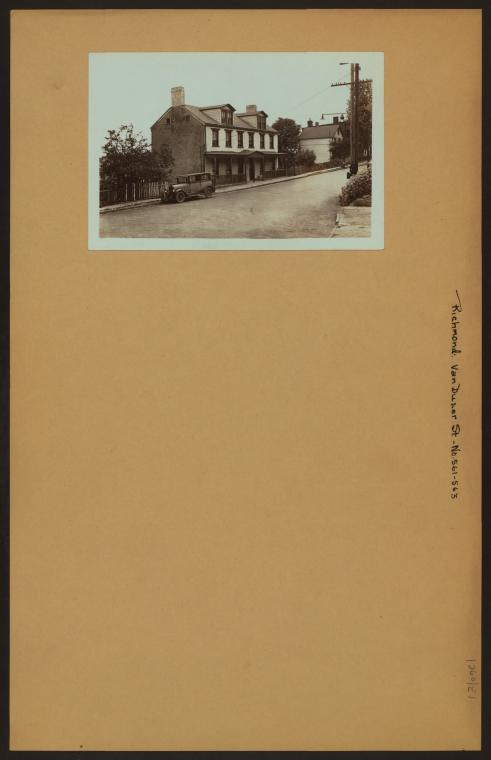
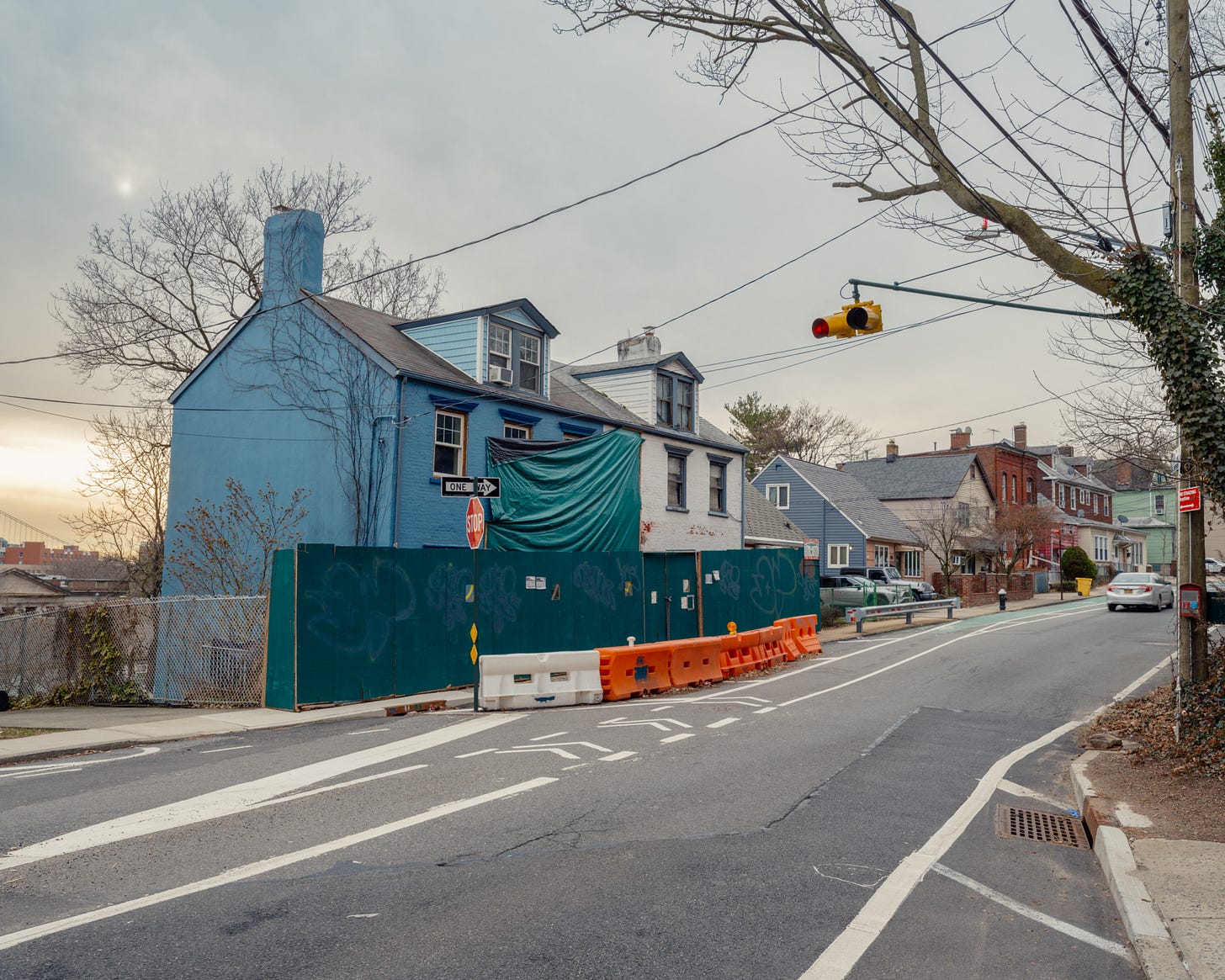
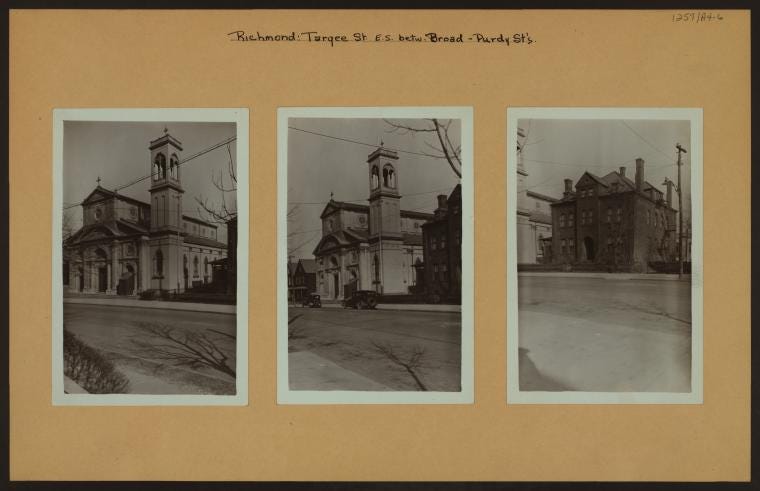
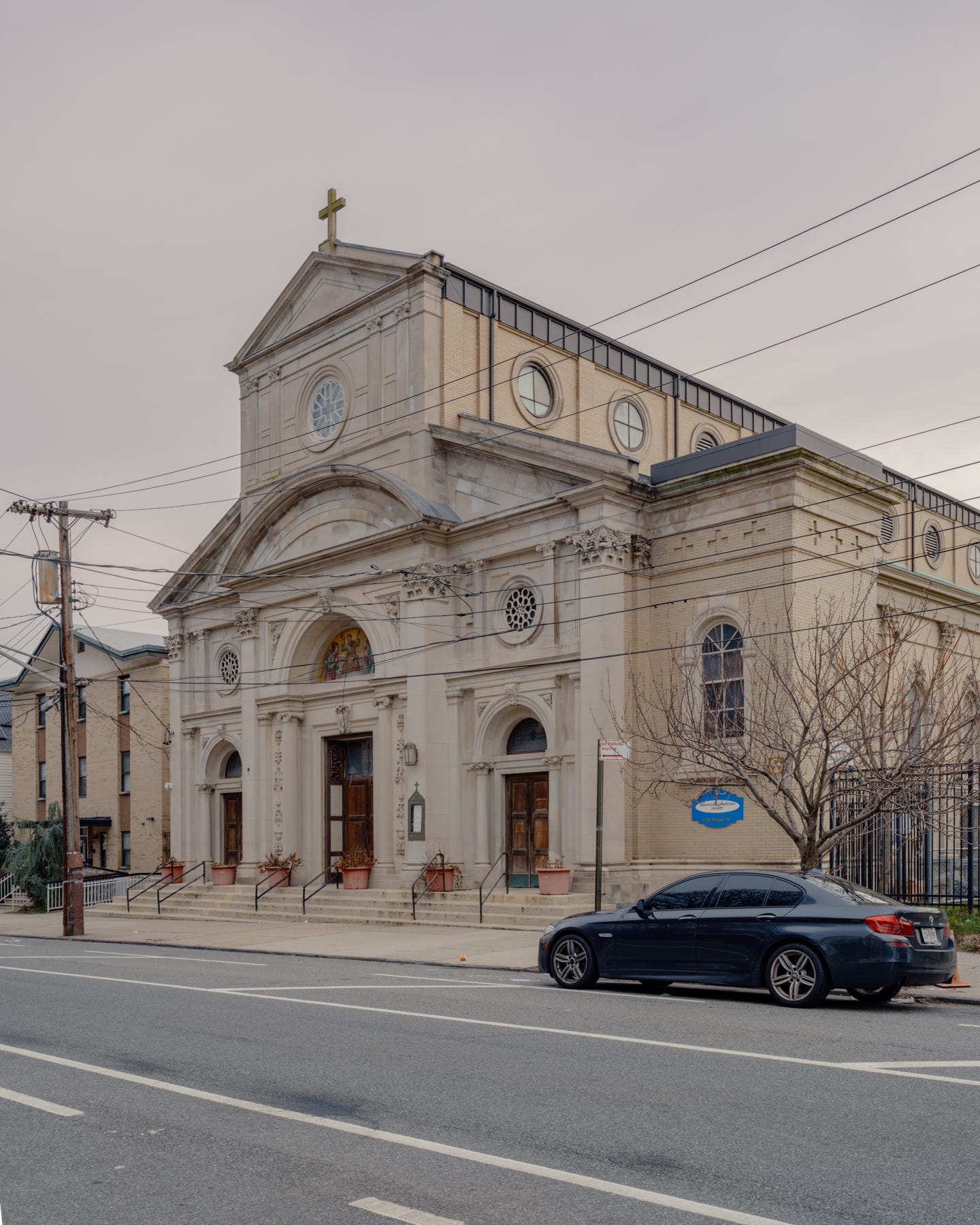
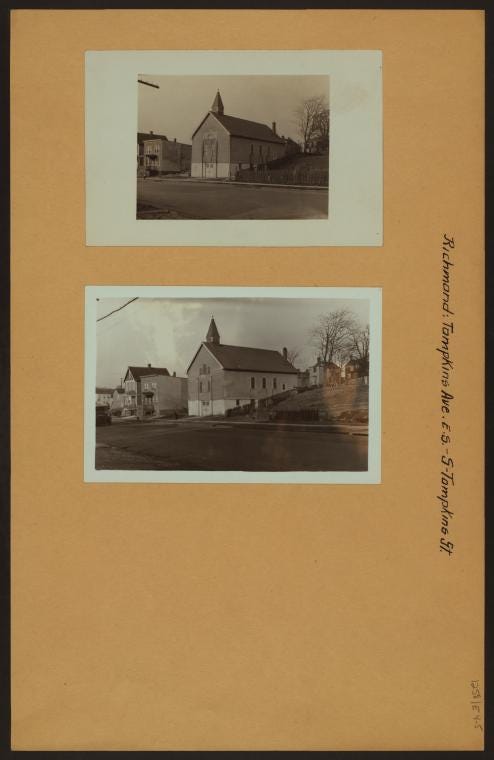
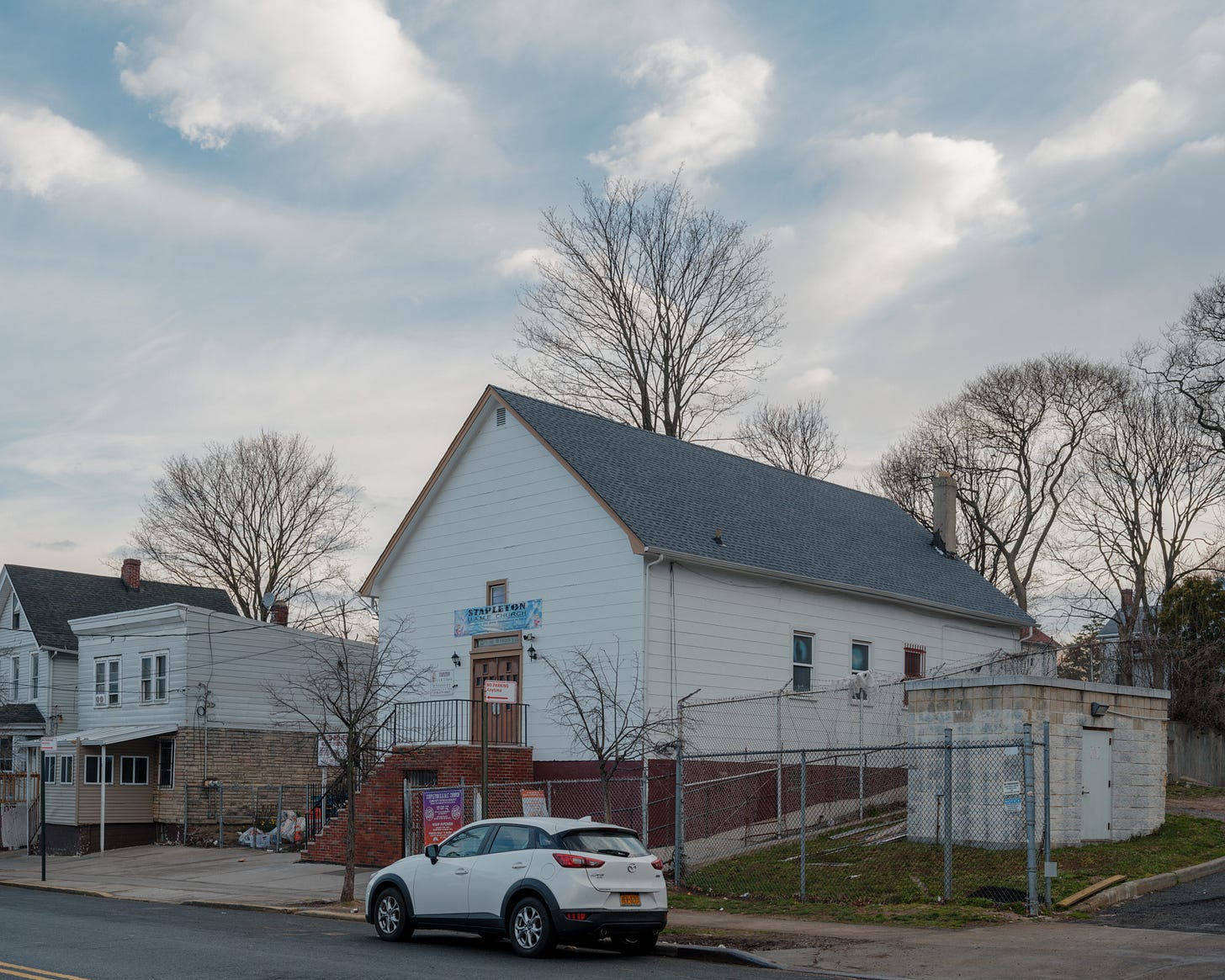
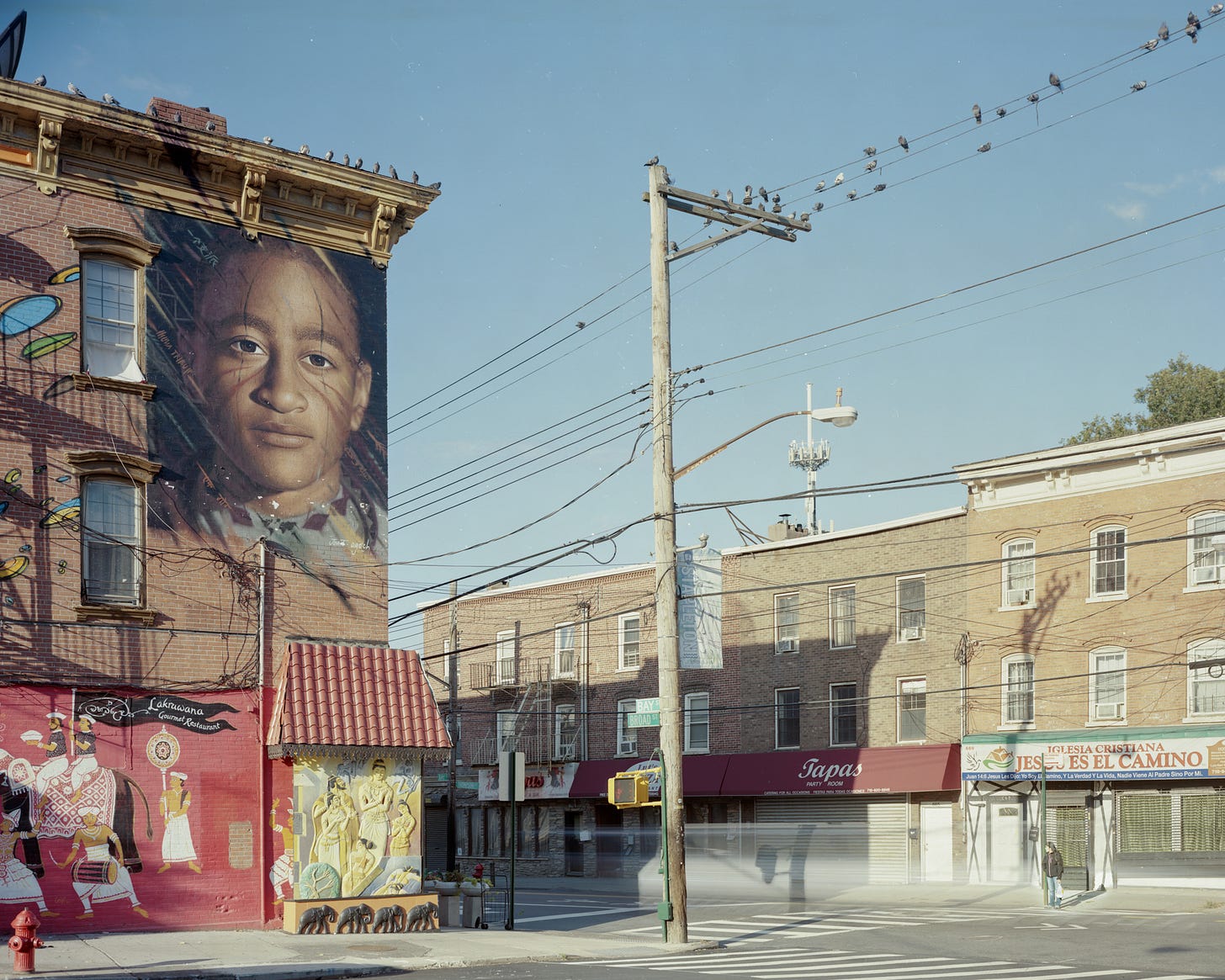

Brilliant photos and history. When I first visited Staten Island, I spent the whole day walking around the island without a map (my favourite way of exploring is by getting lost). It was already dark when I stumbled upon Bayley Seton Hospital and mis-identified it as the infamous Willowbrook State (the 'real' Arkham’s Asylum). Got me scared enough to check my location on Google maps :)
OMG Lakruana! I haven’t been there since before the pandemic but I’m sure that at $20.99 it’s still a great deal.
Loved the details about Urby and also that your photos captured the area’s super intense utility wire action. What’s up with that?
Also: “Semi-abandoned asylums in a Mayan Revival Style? Forget it.” I know the feeling!!!